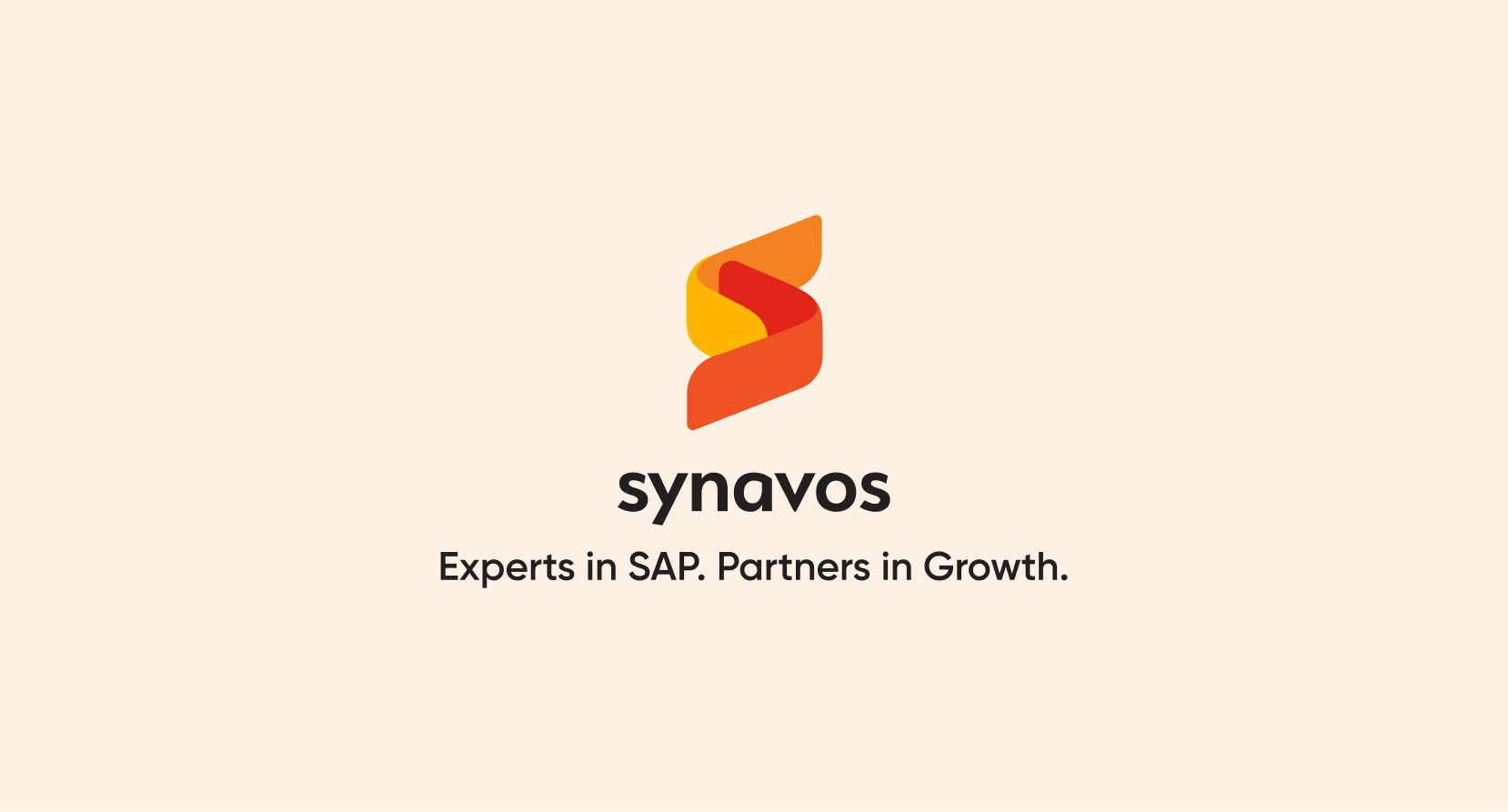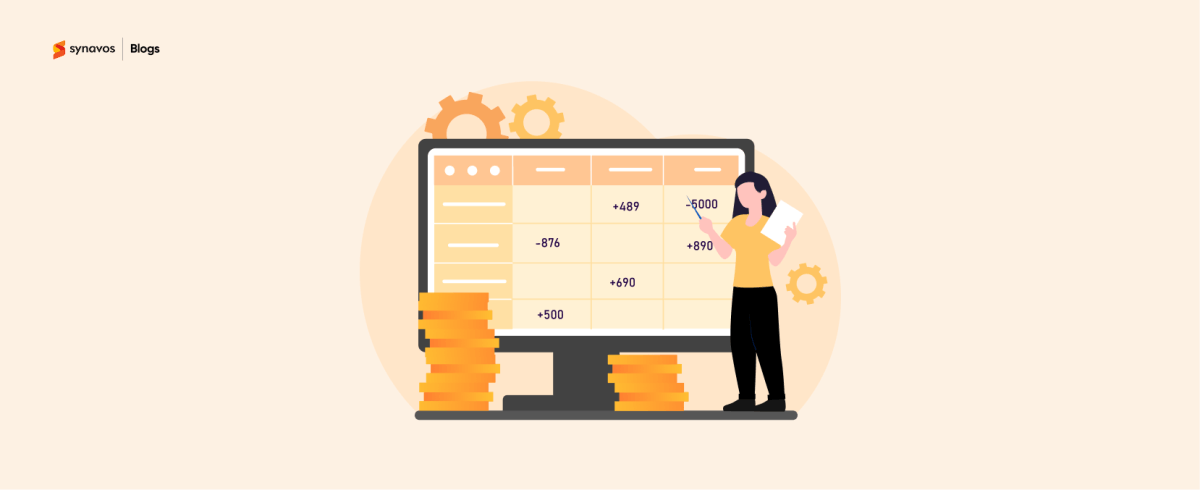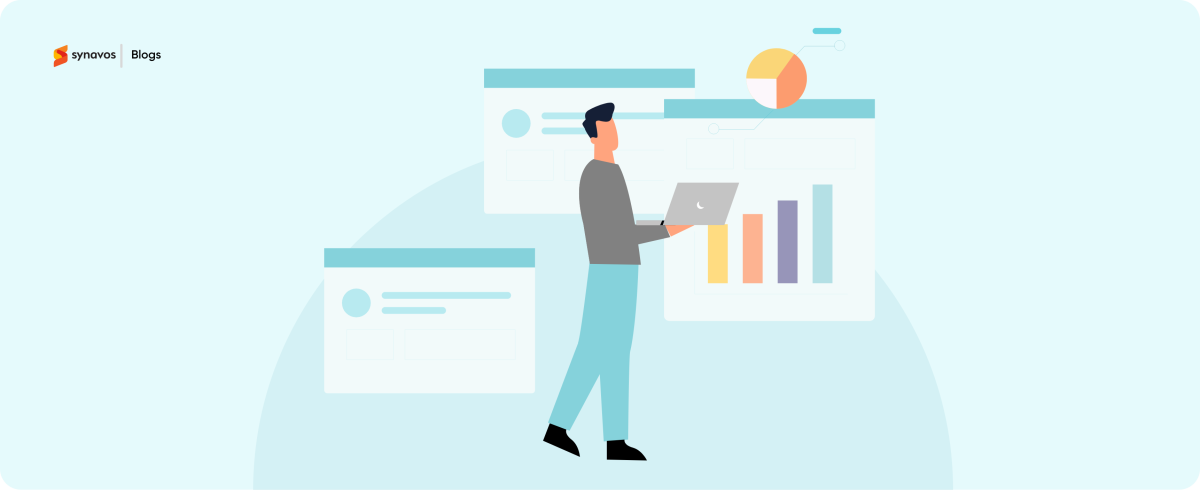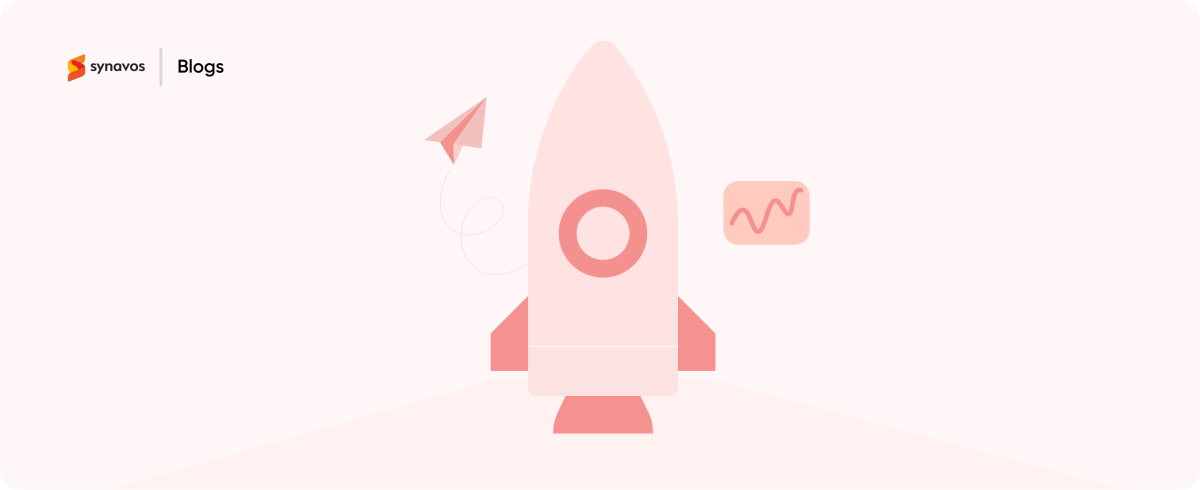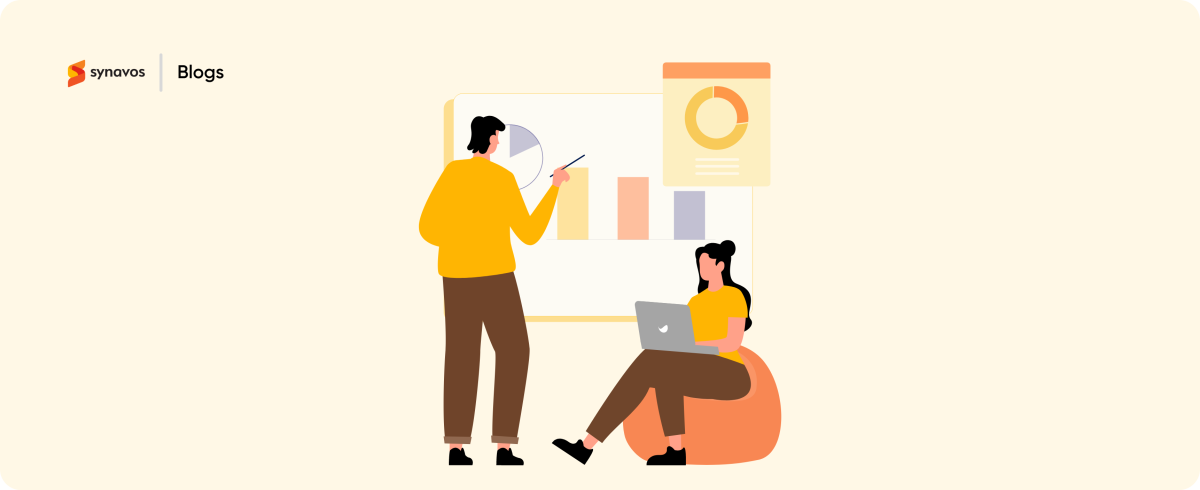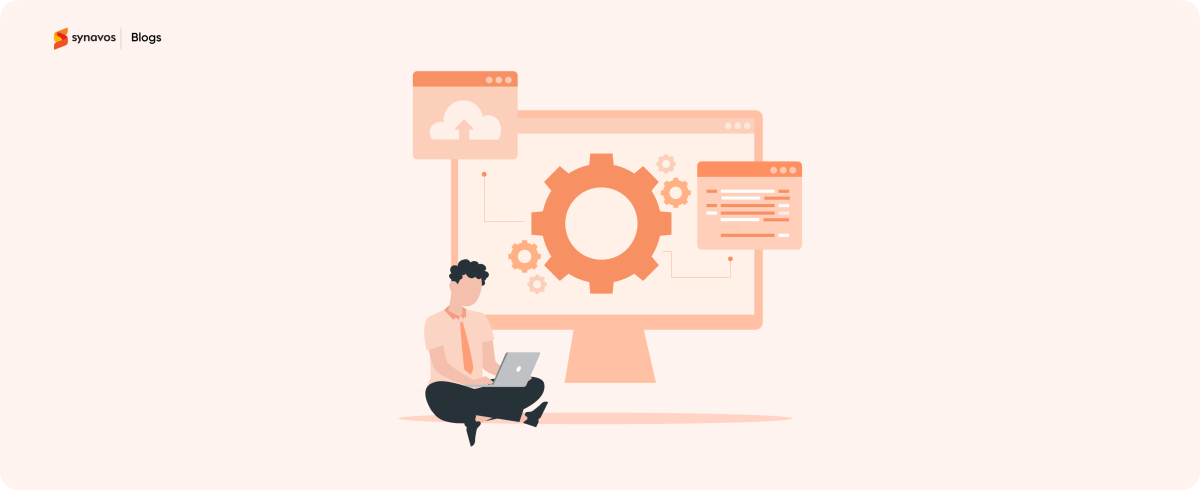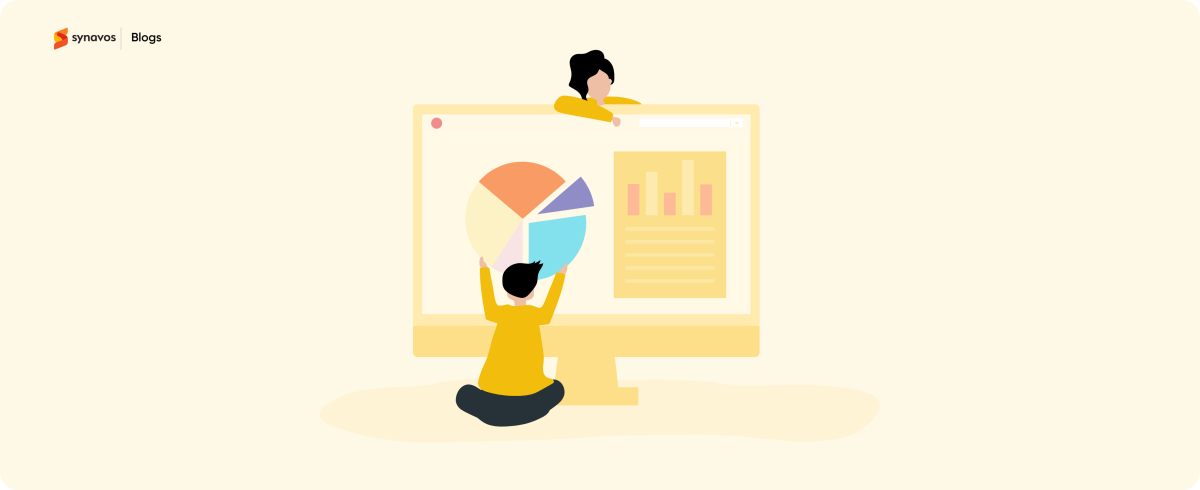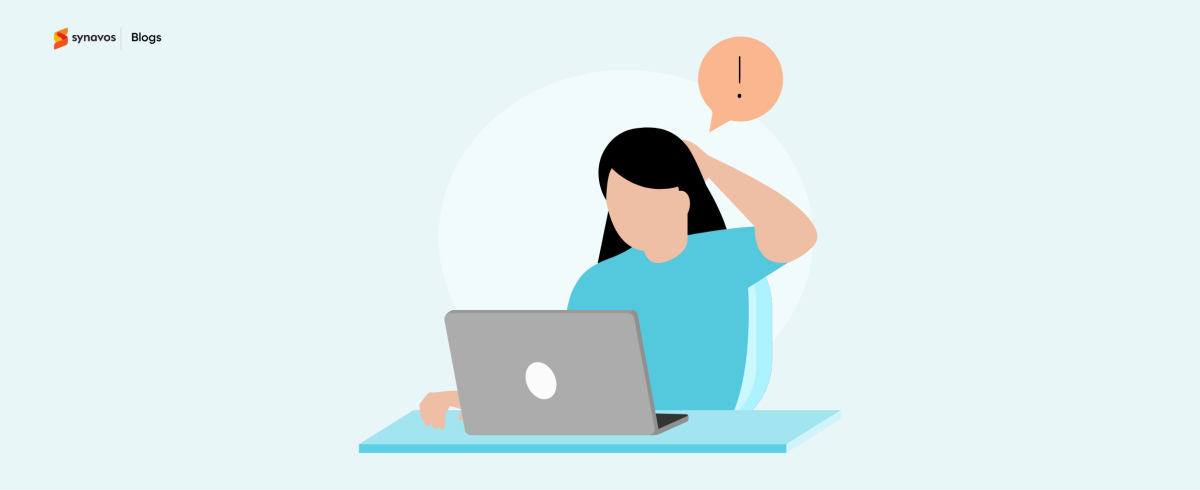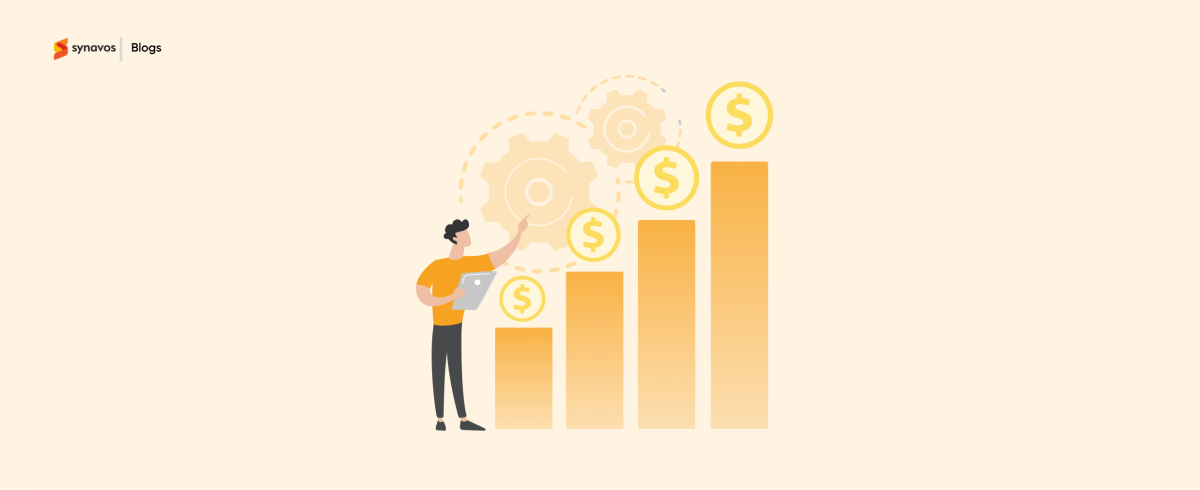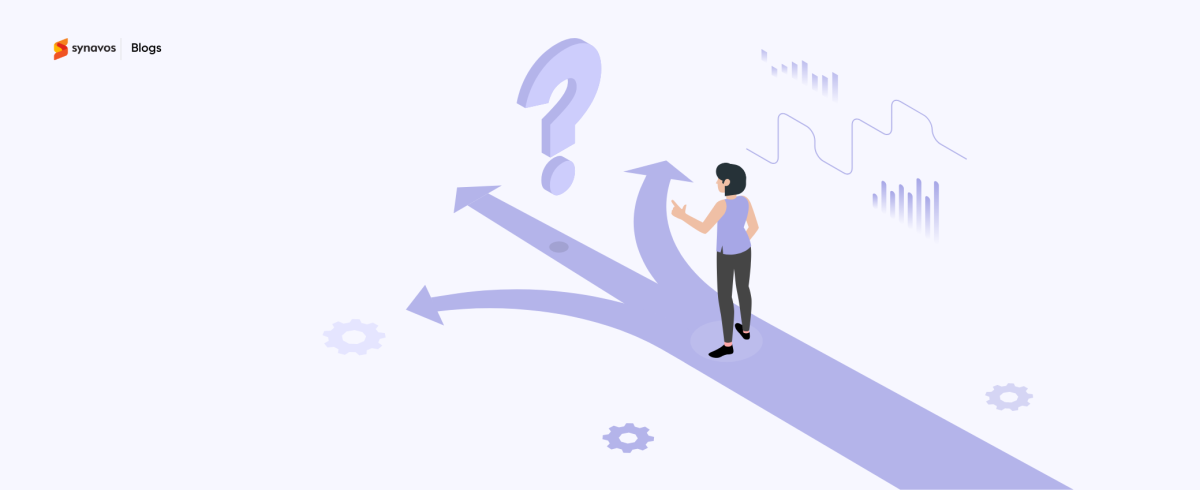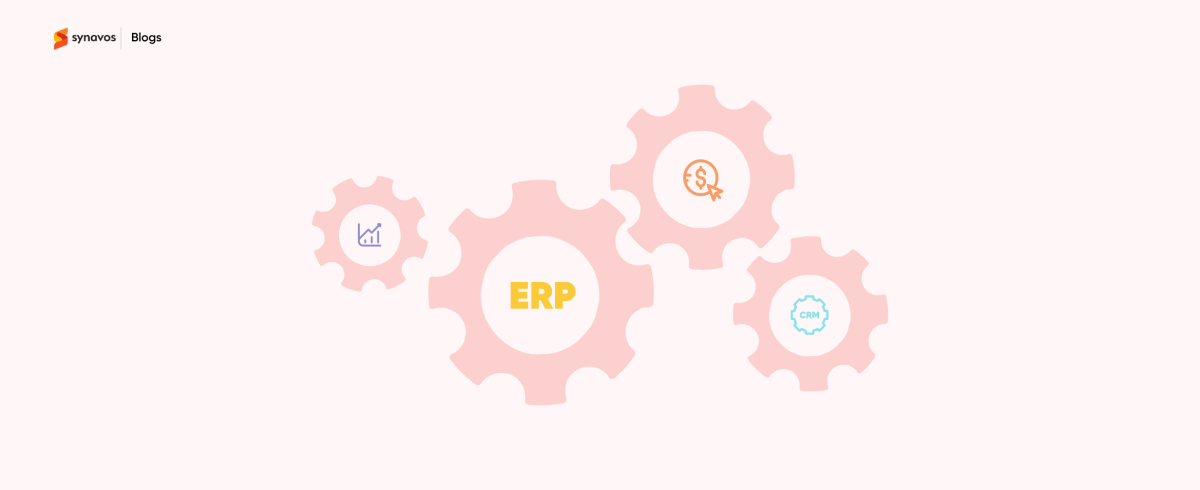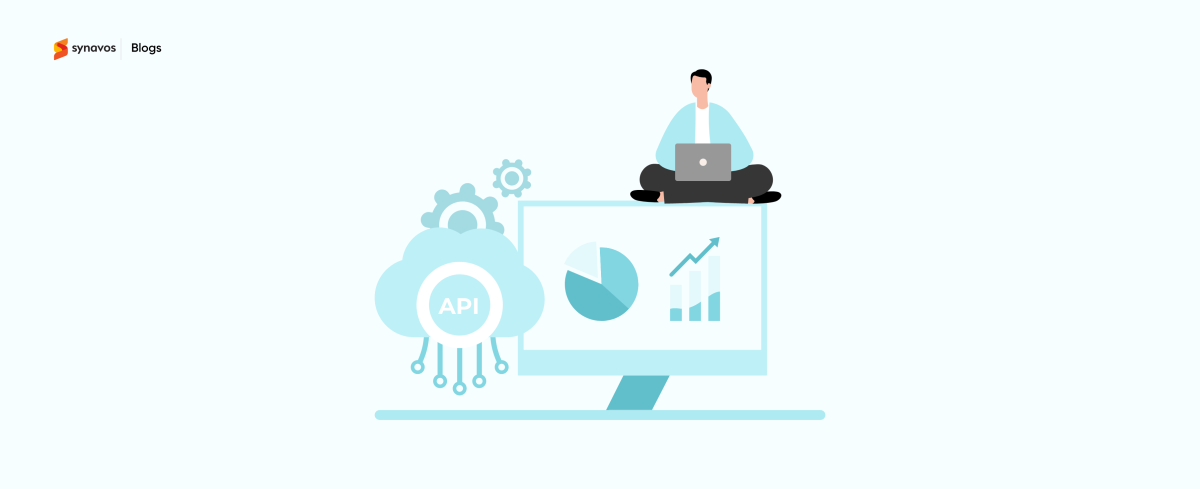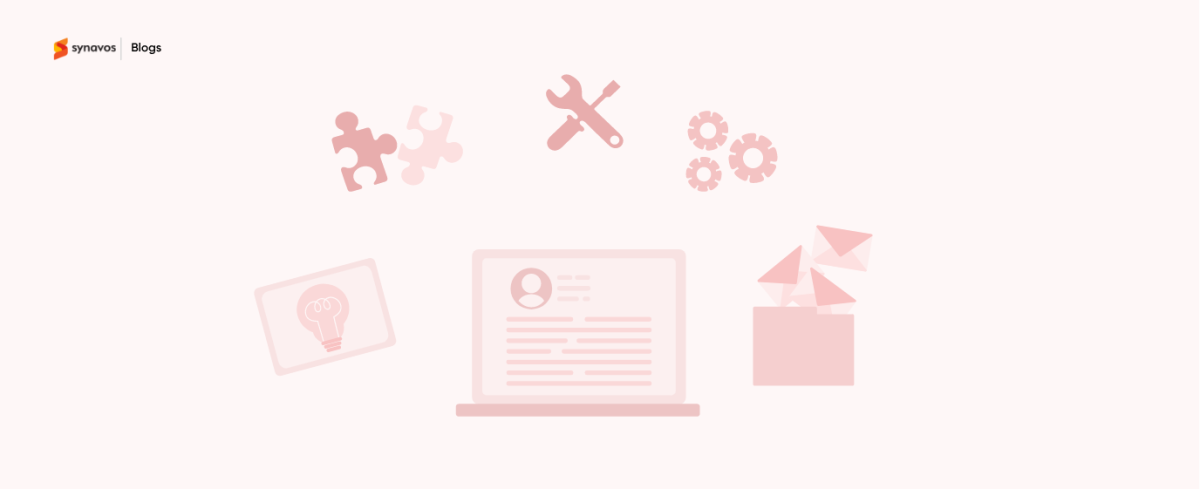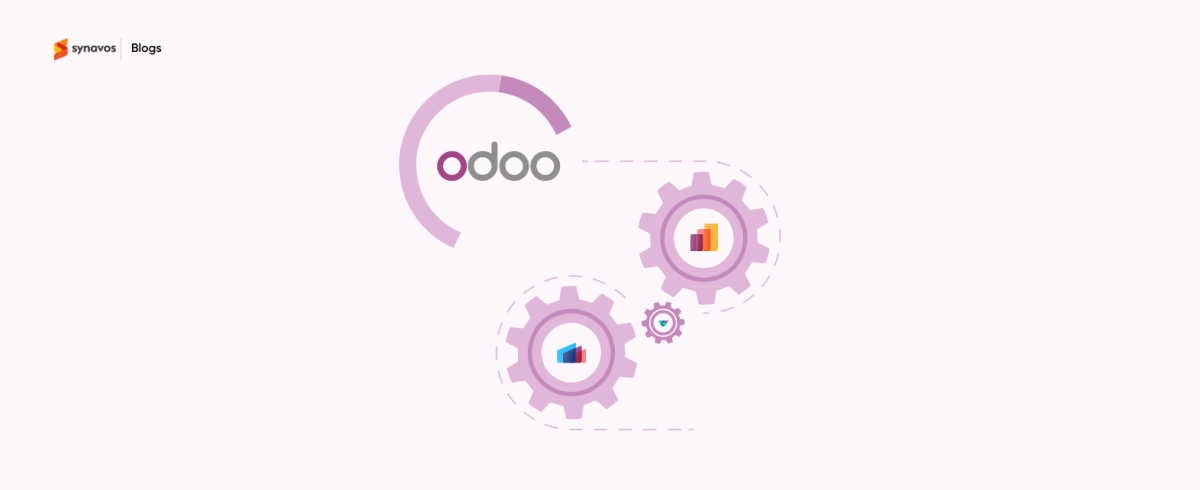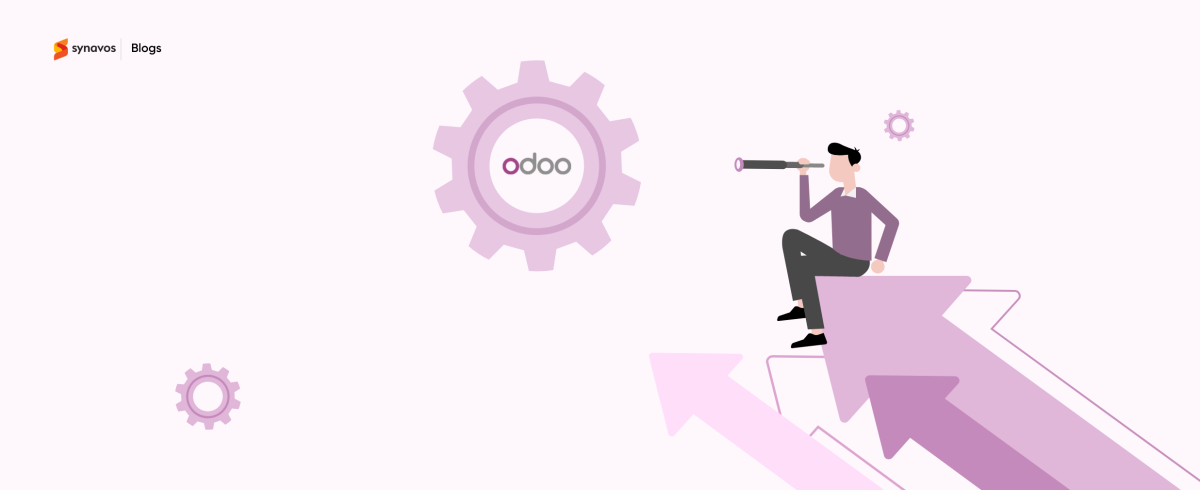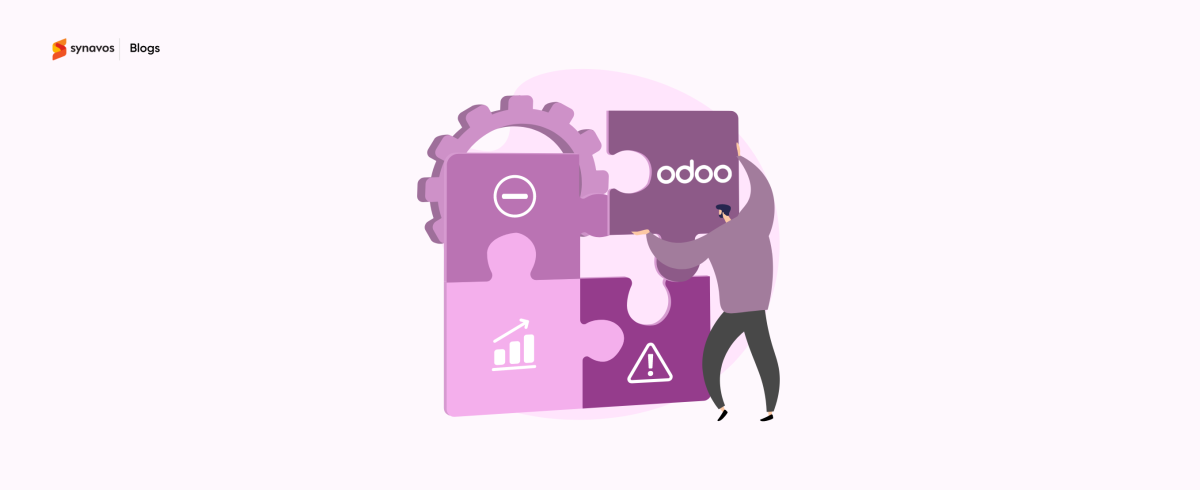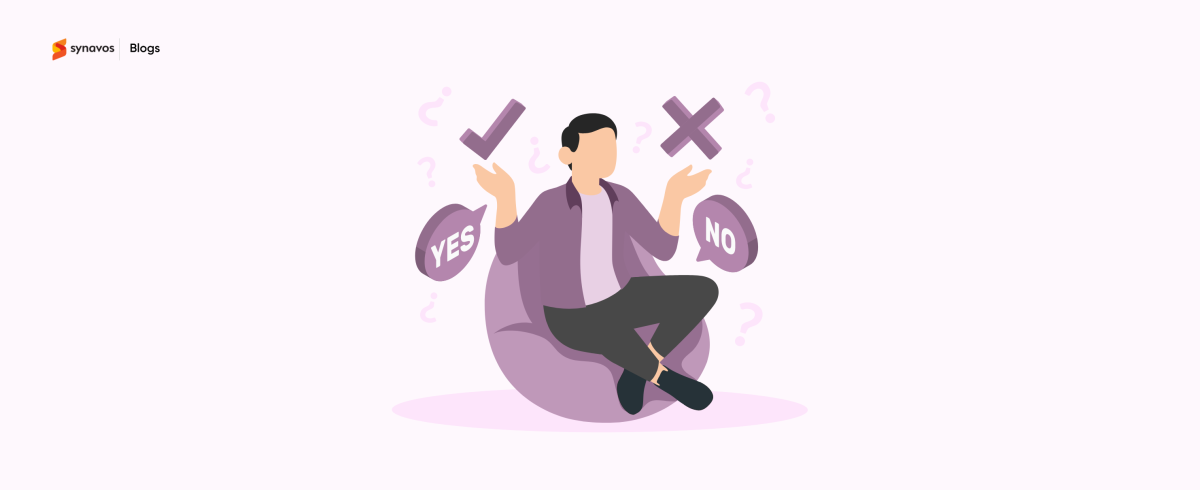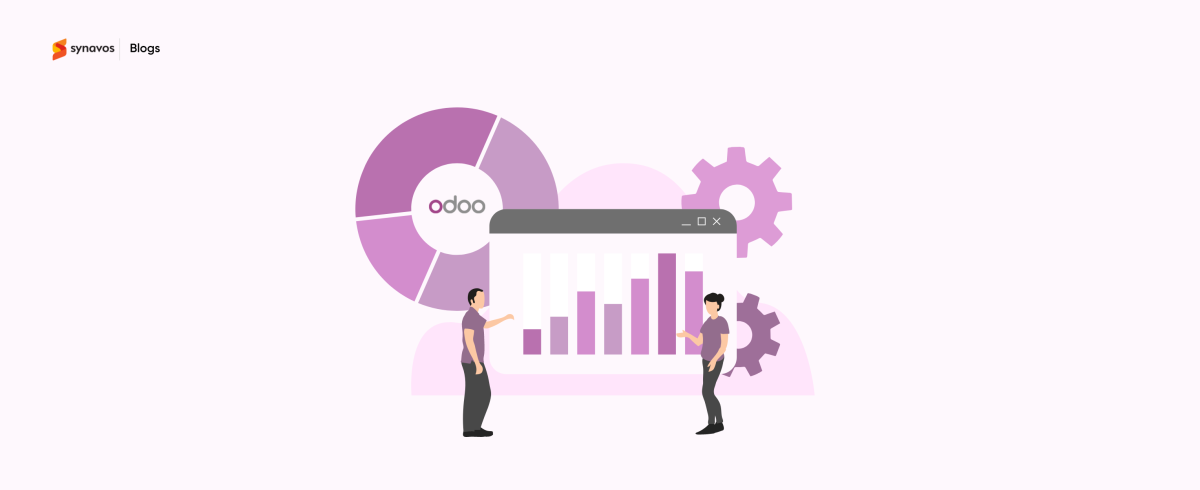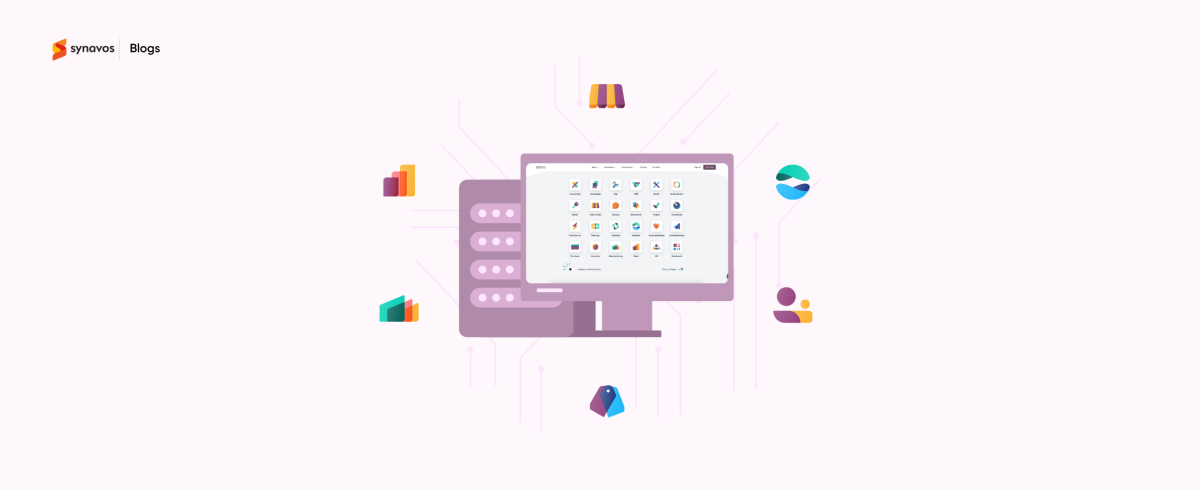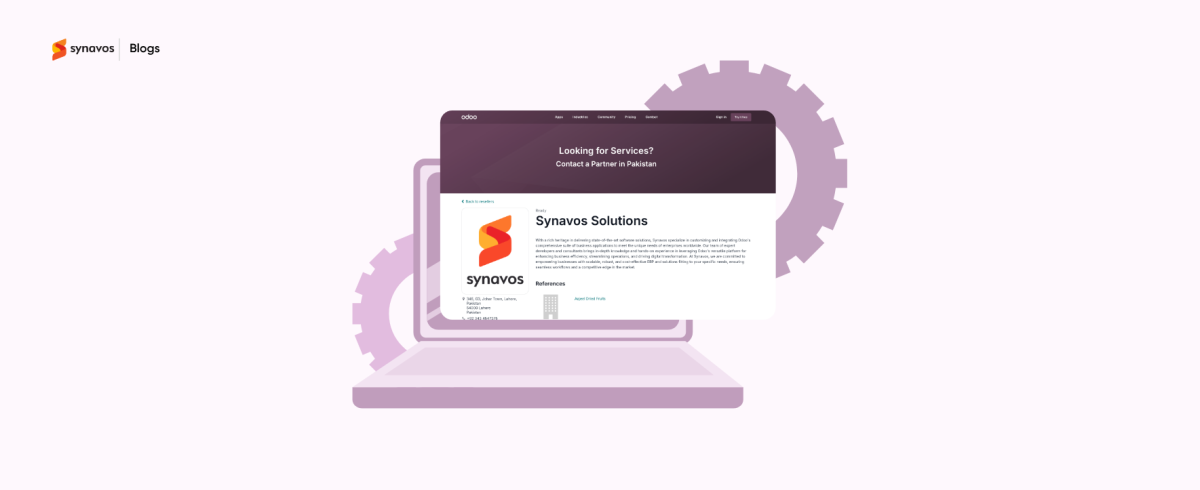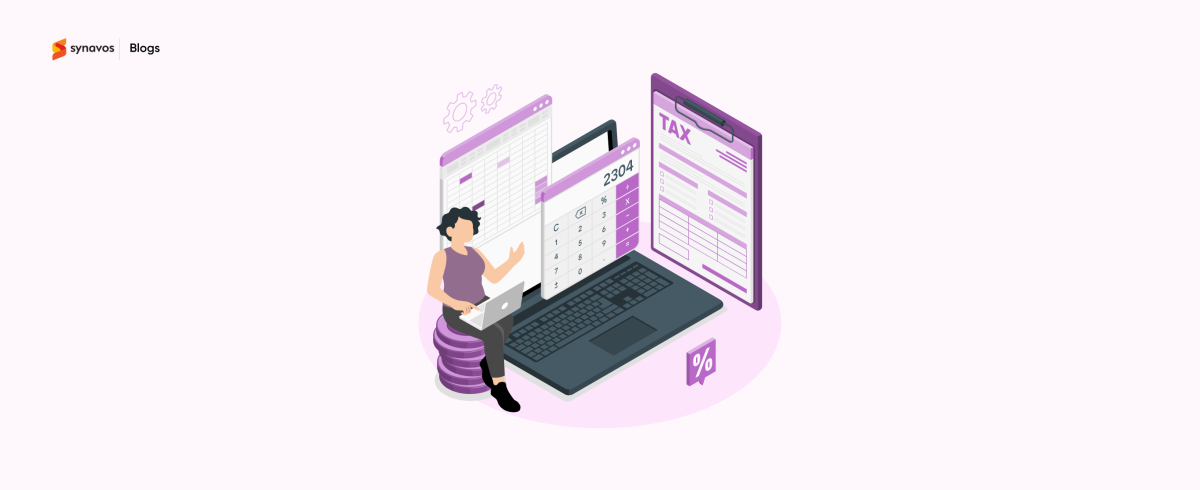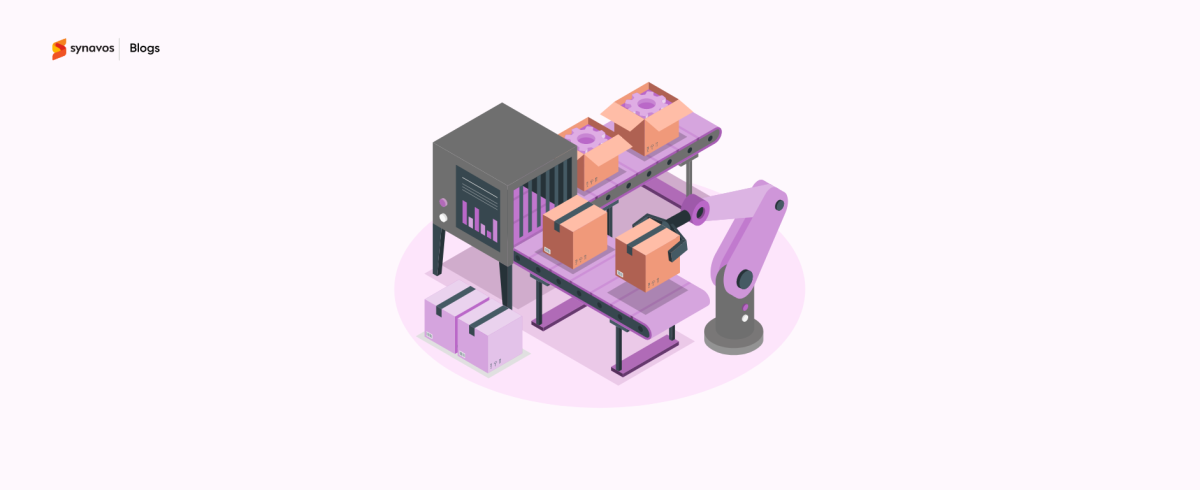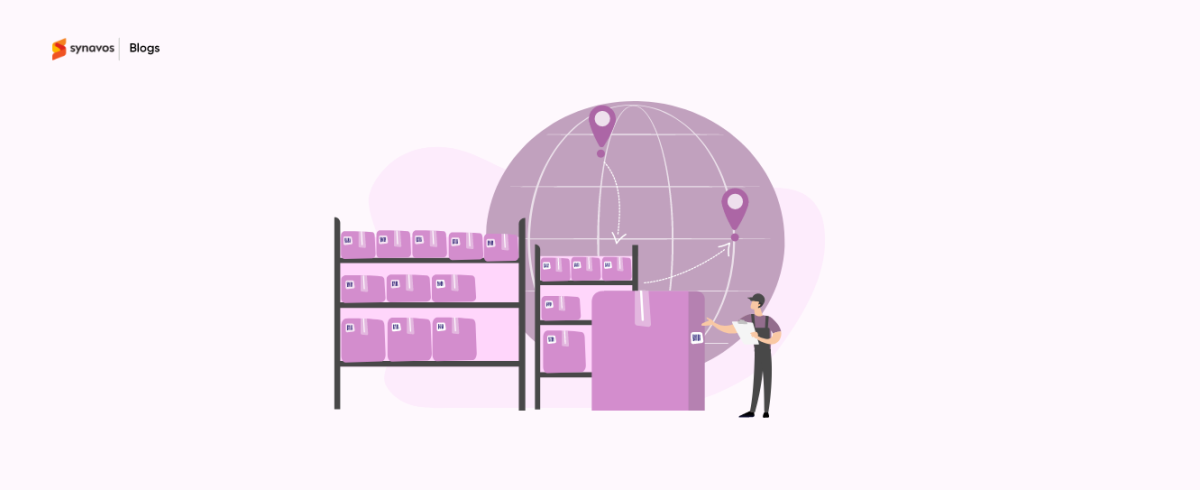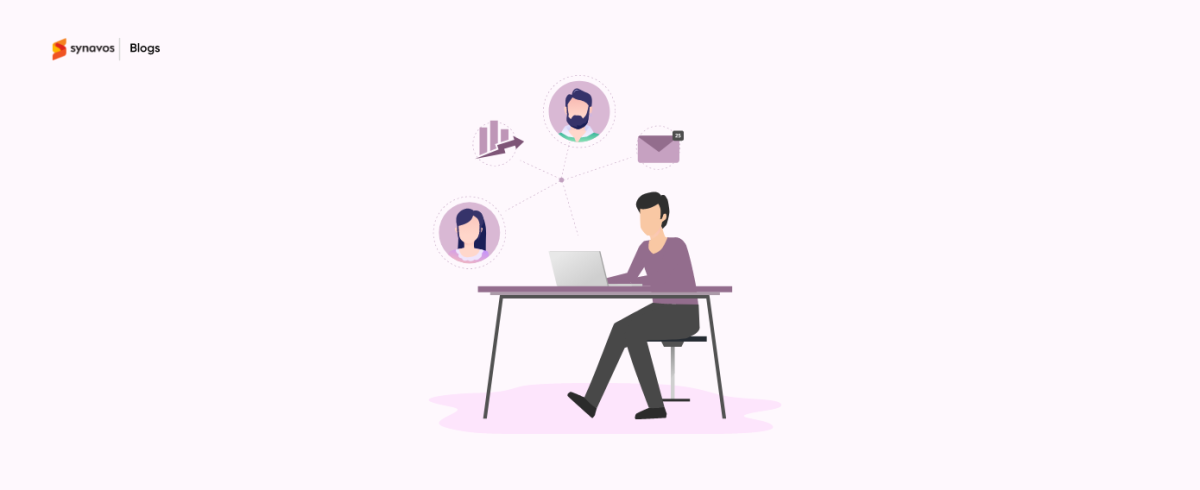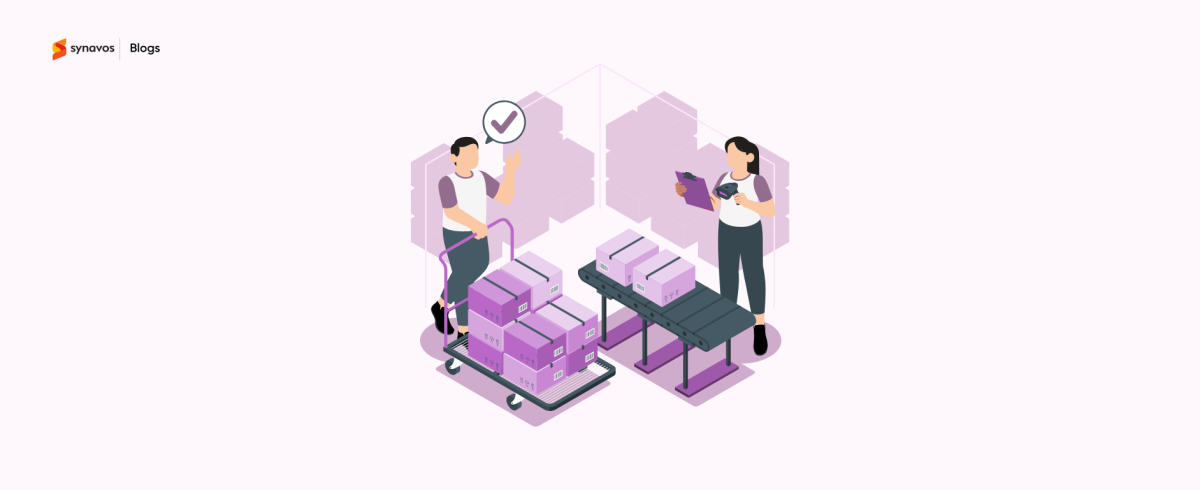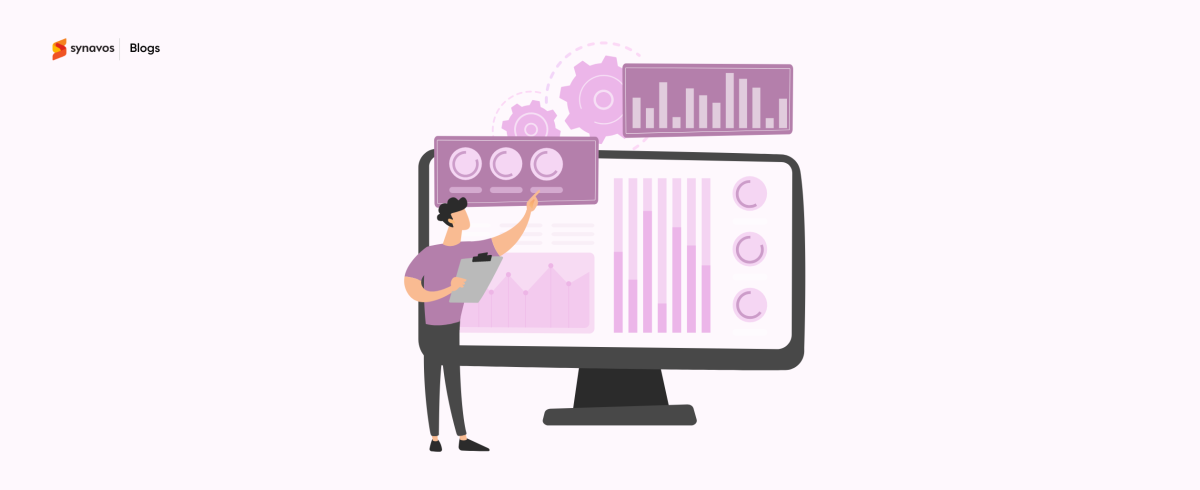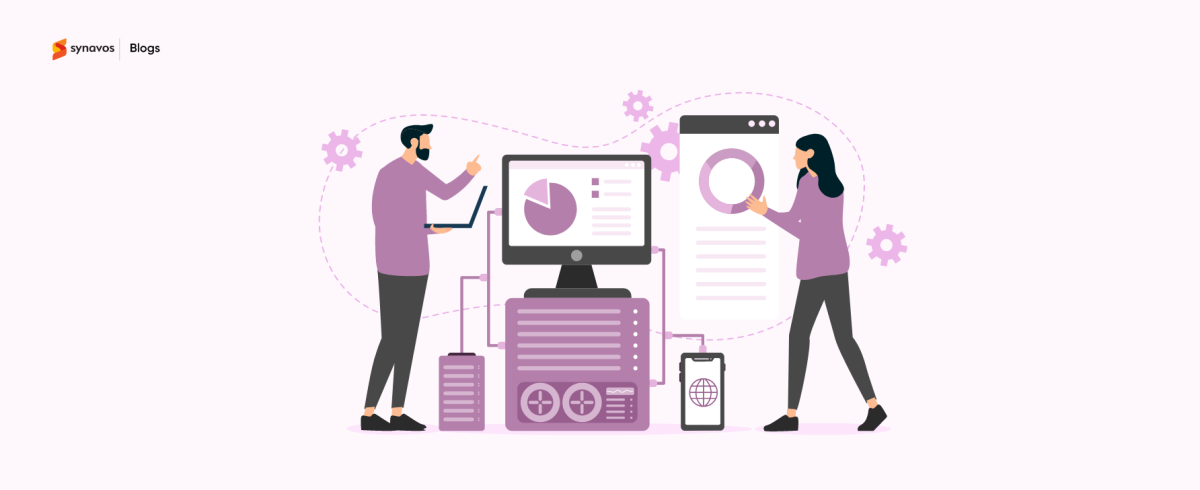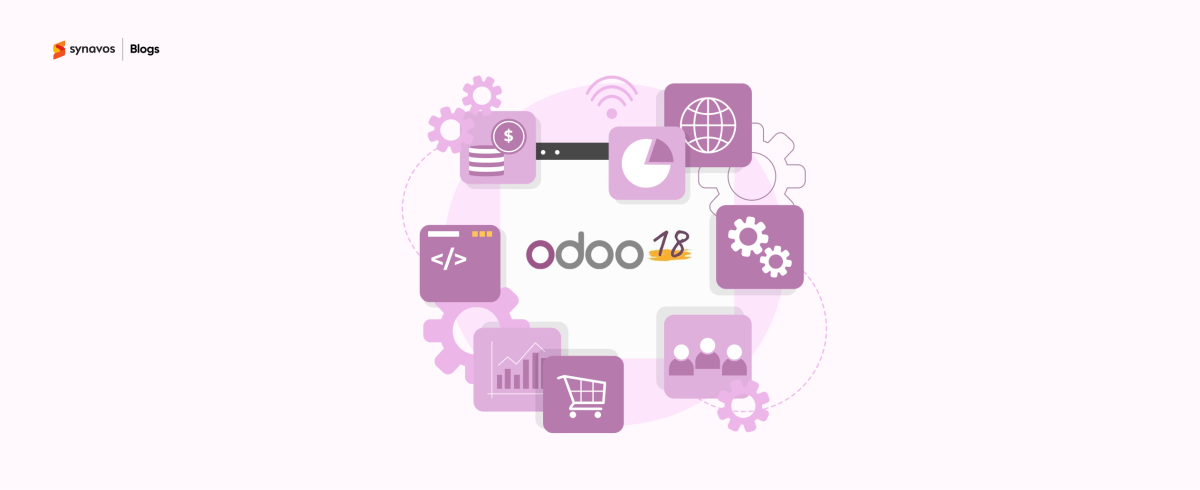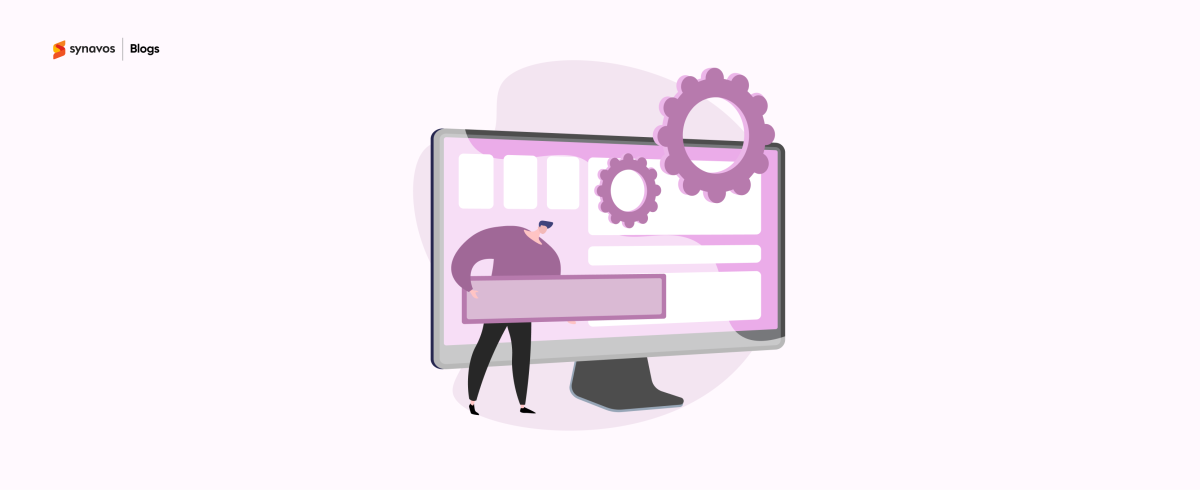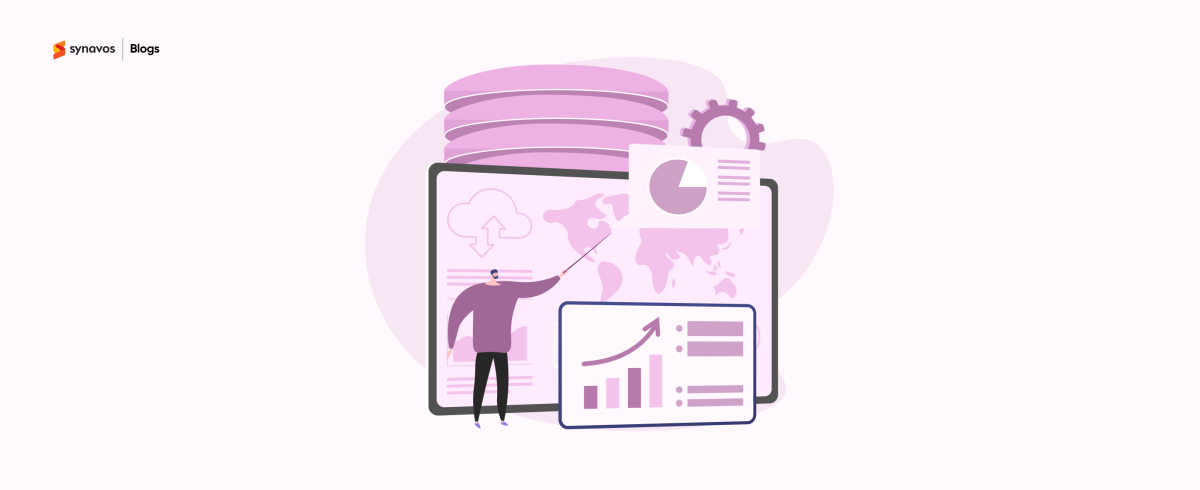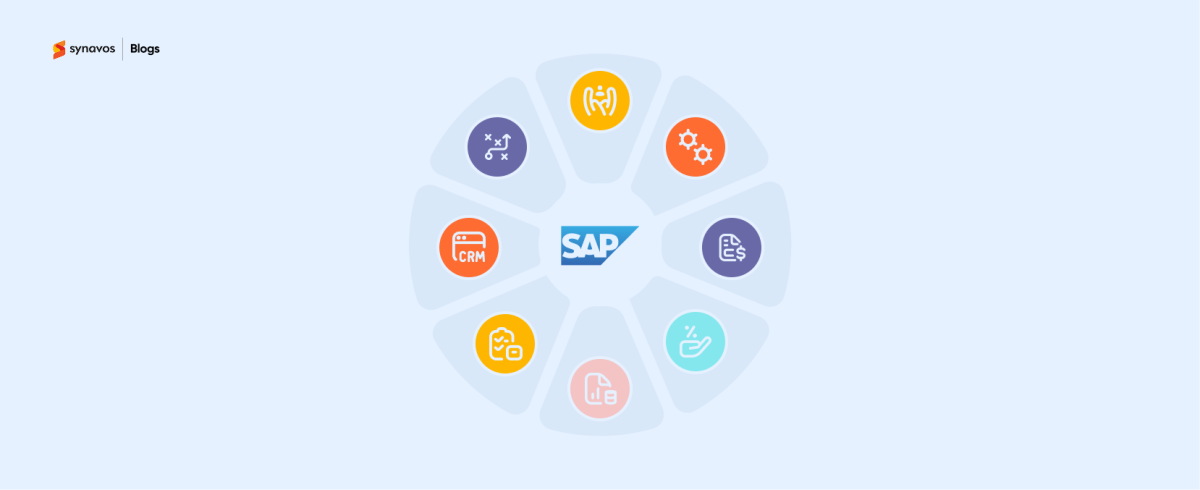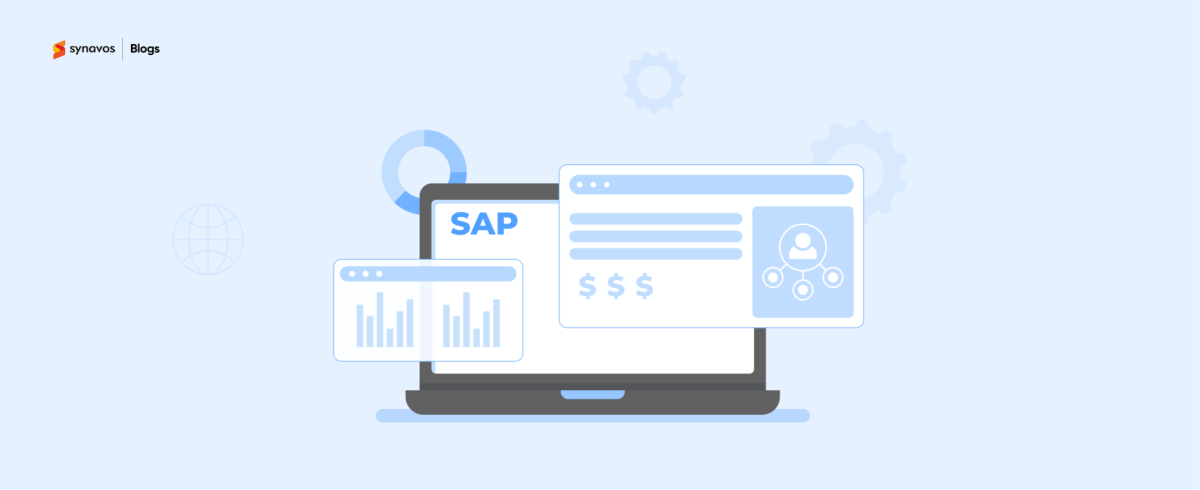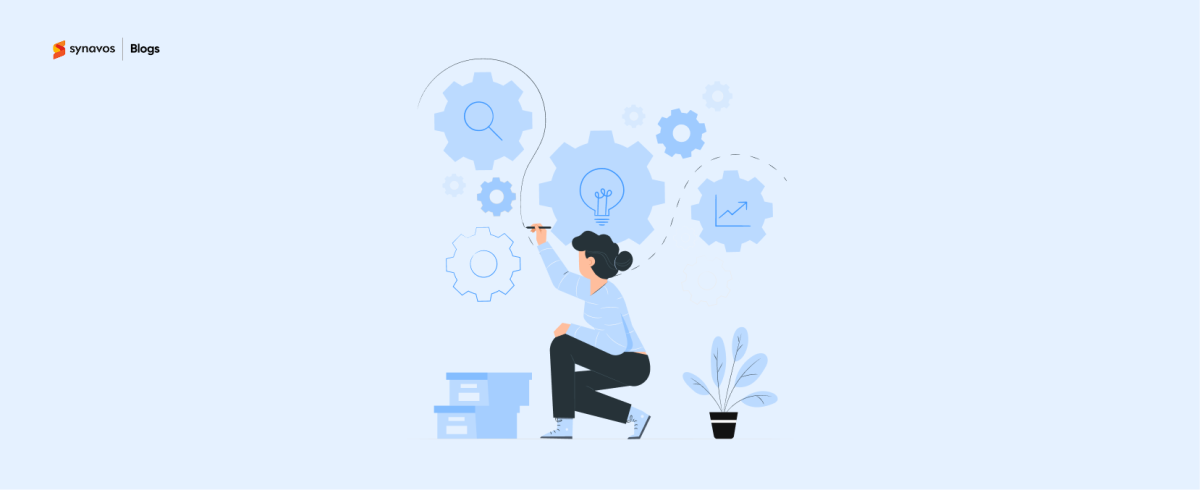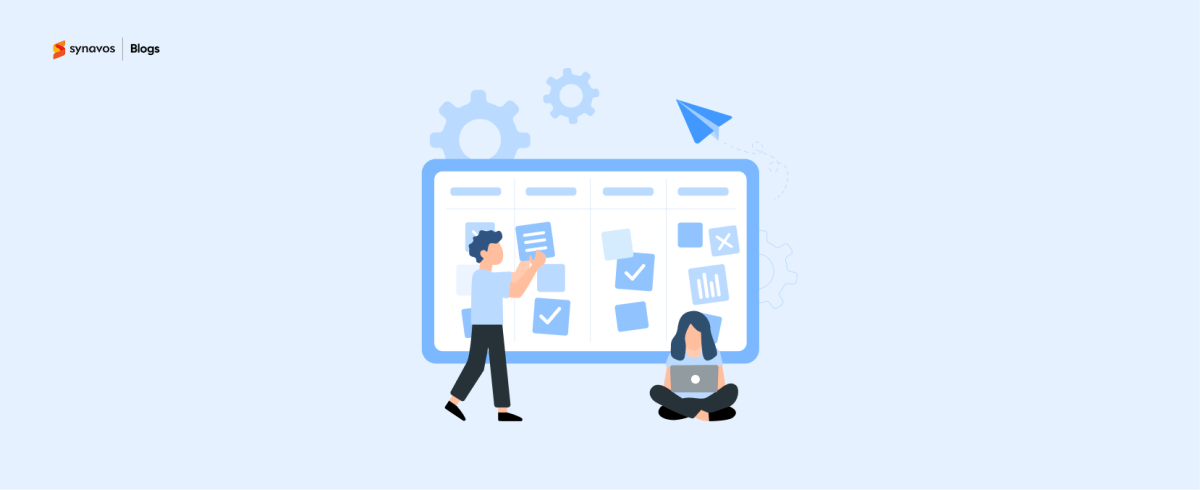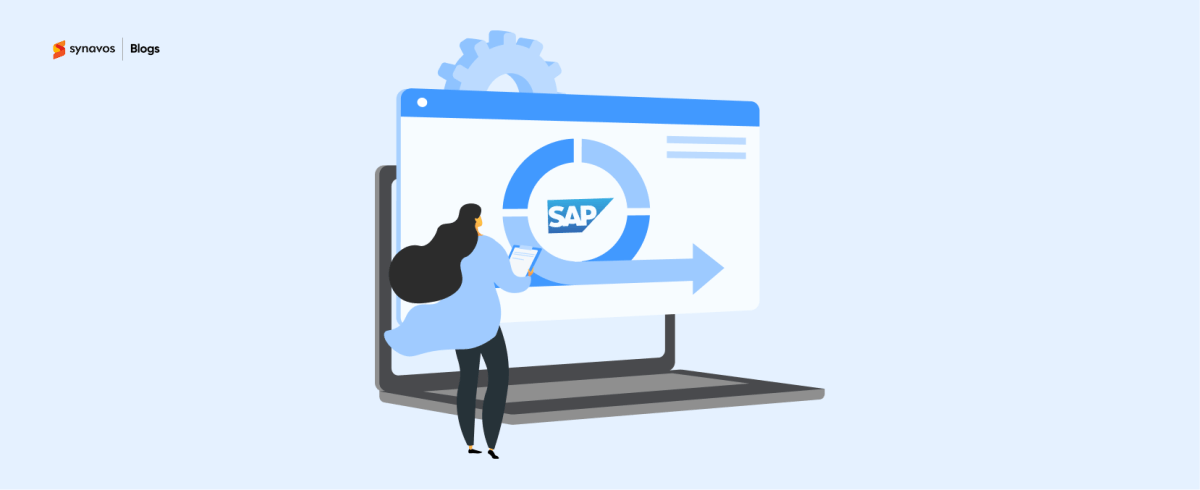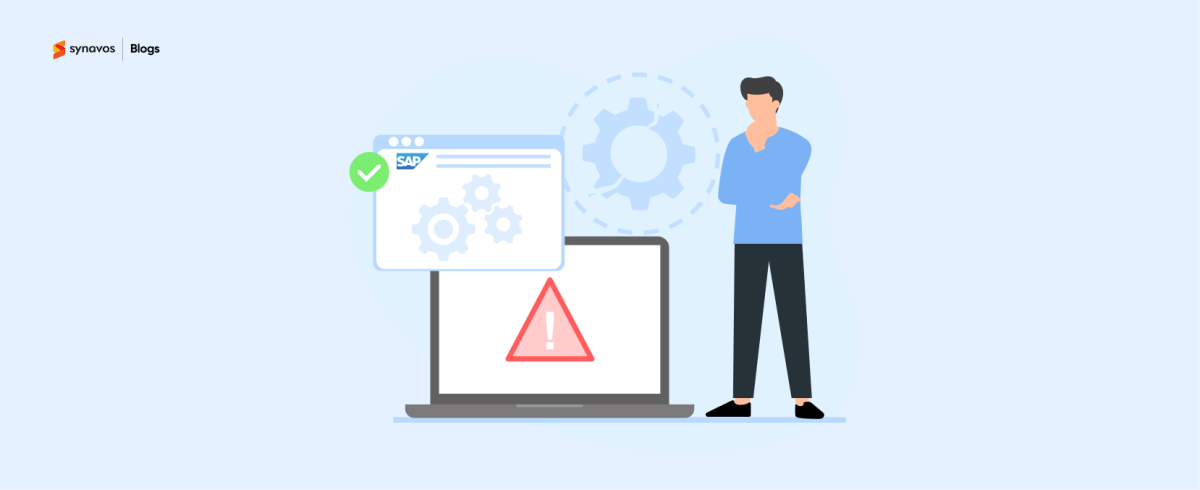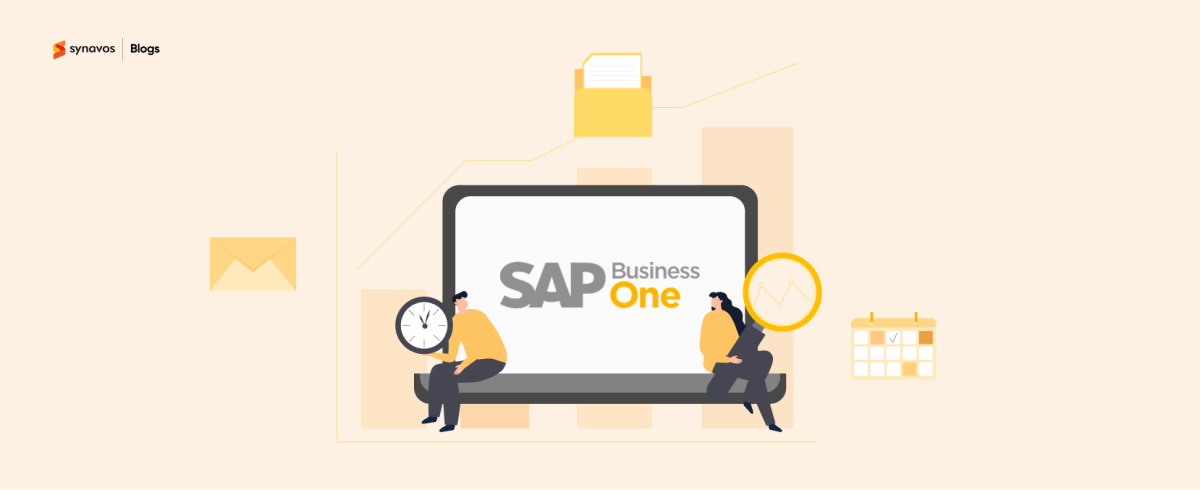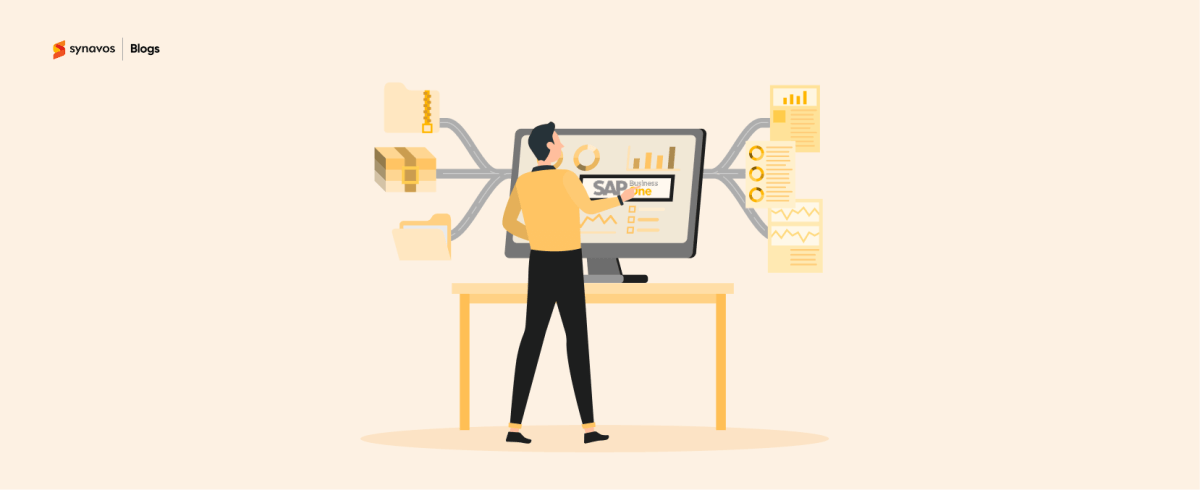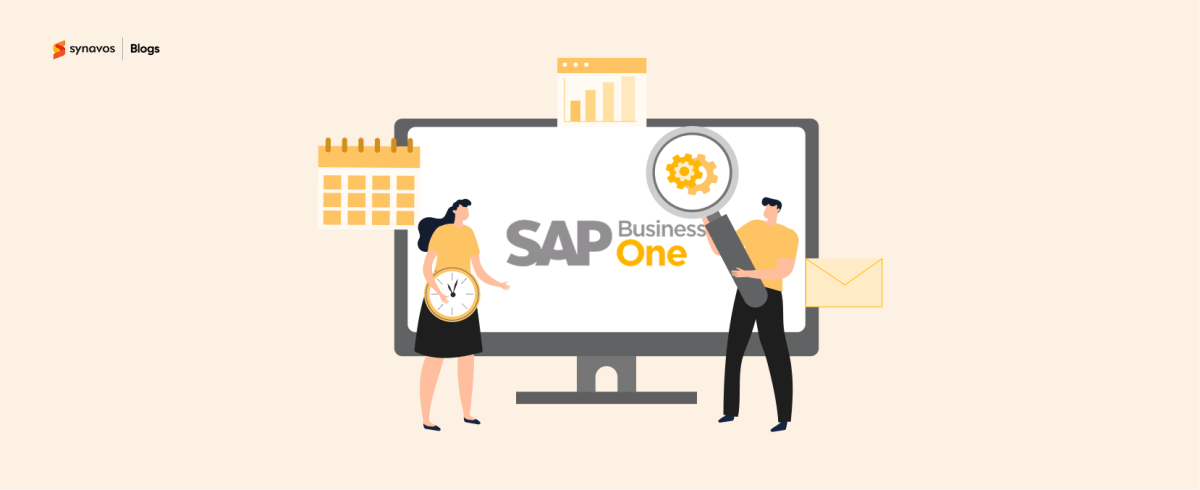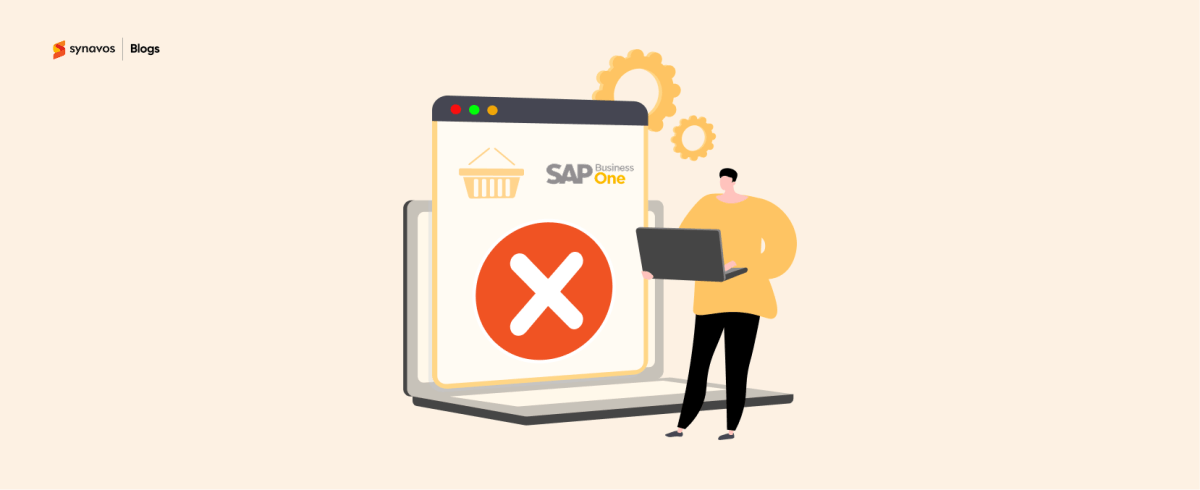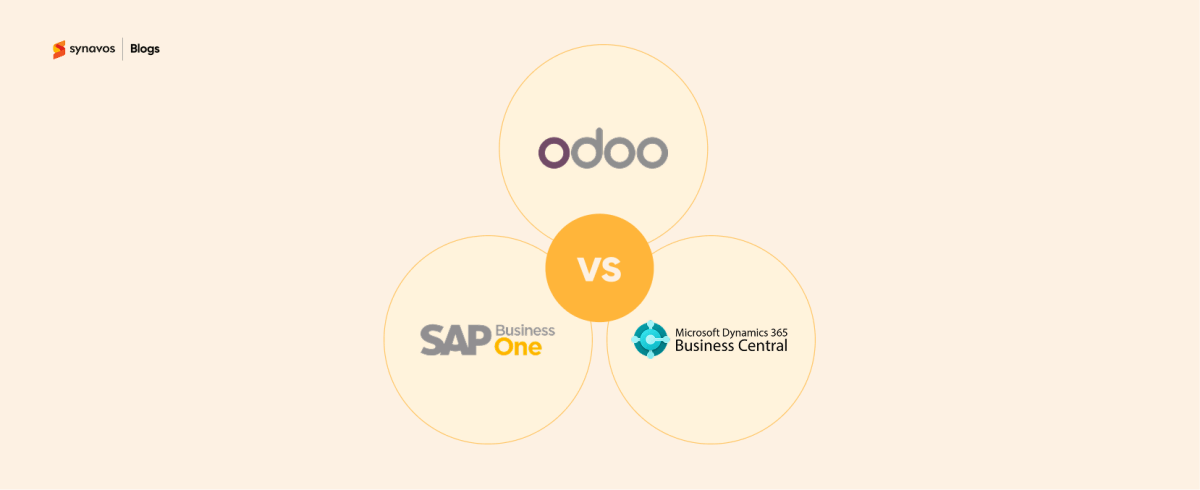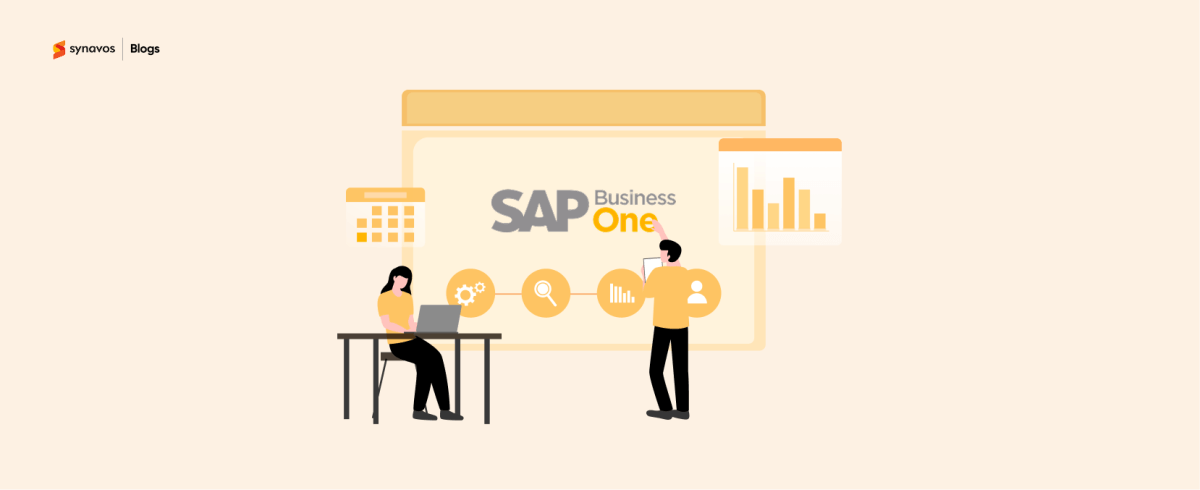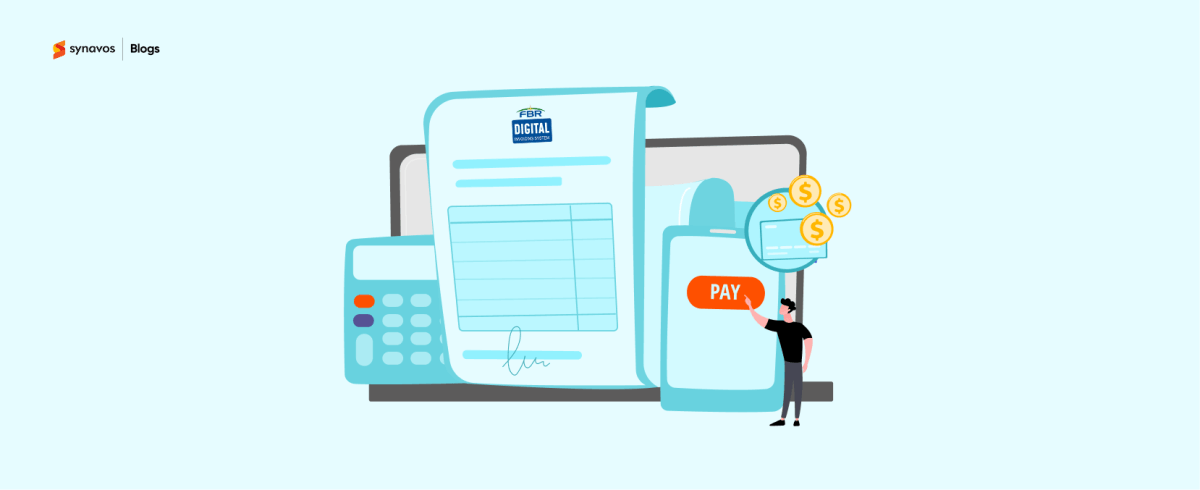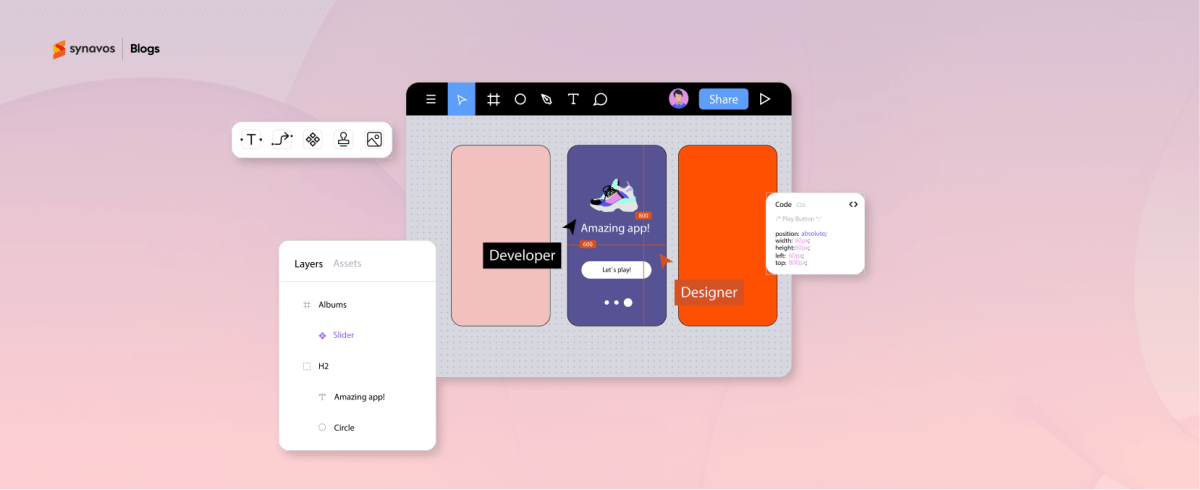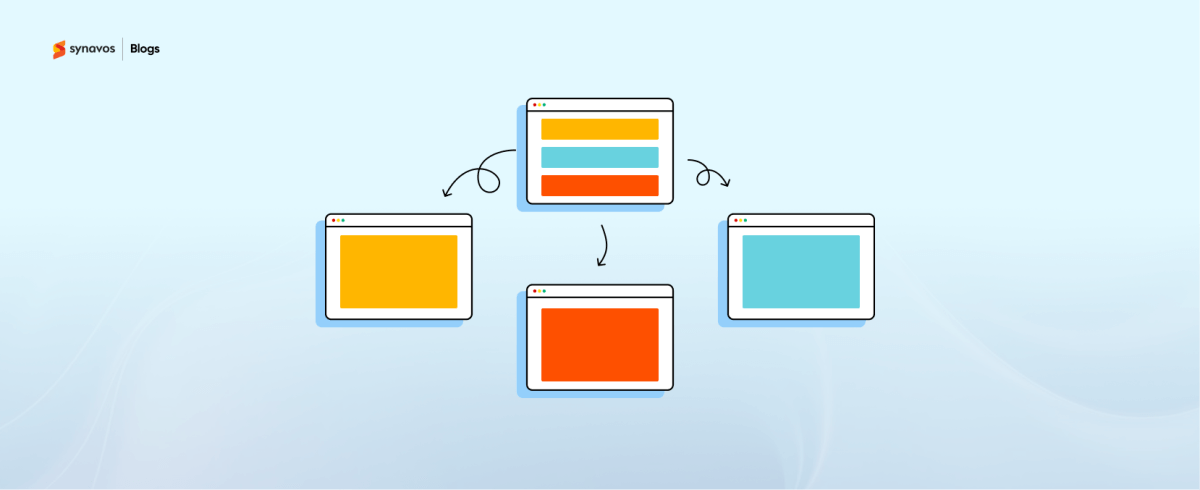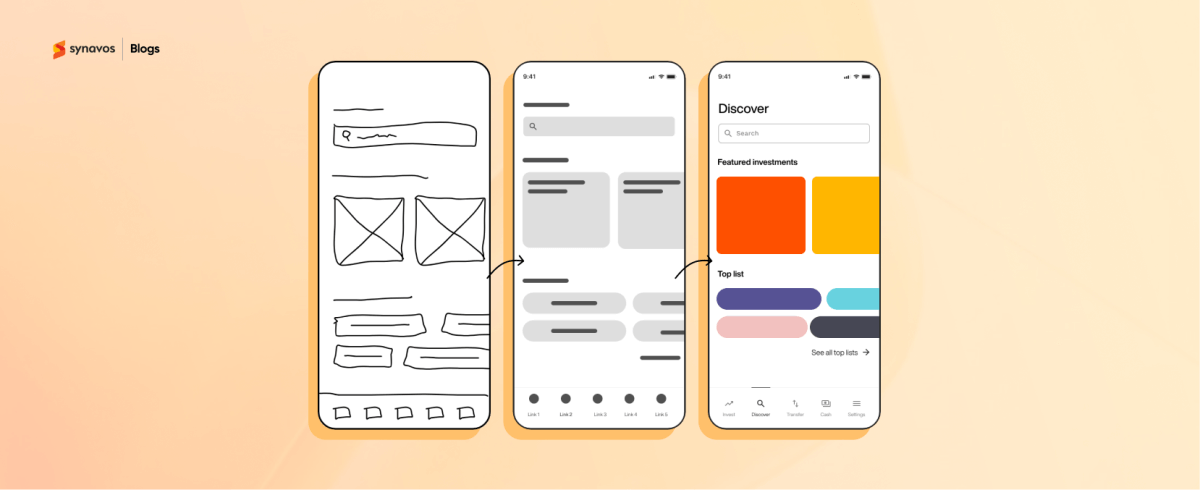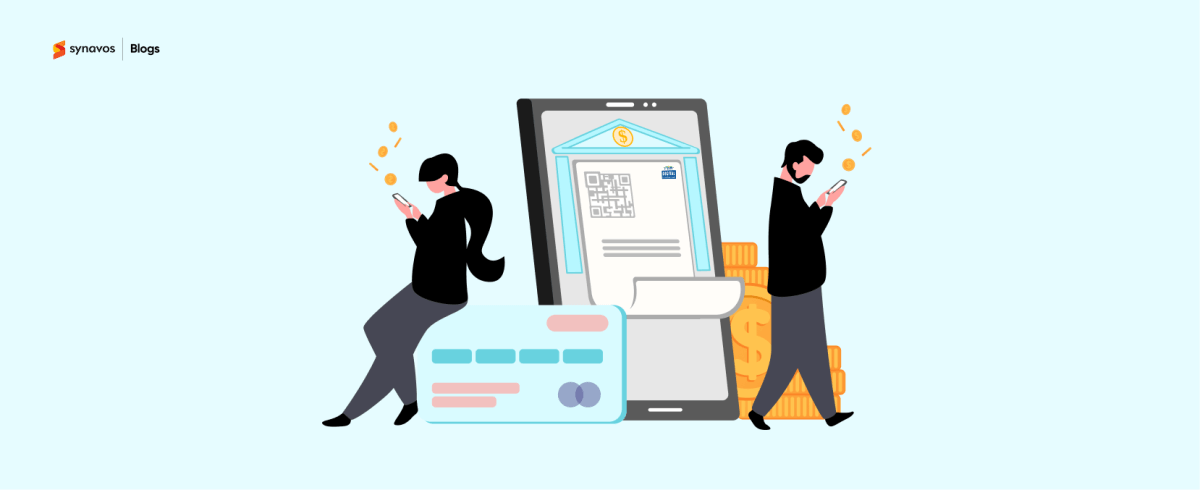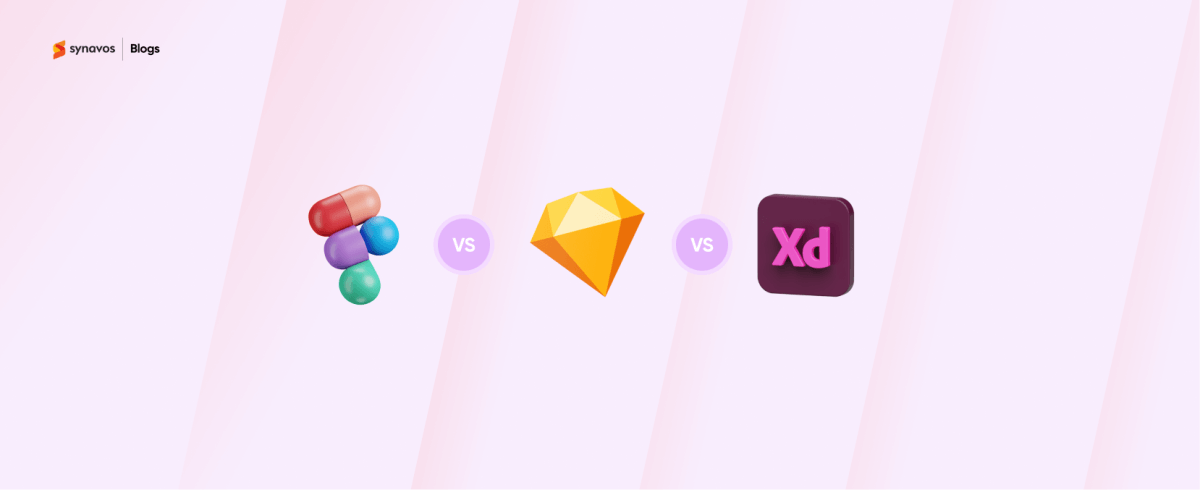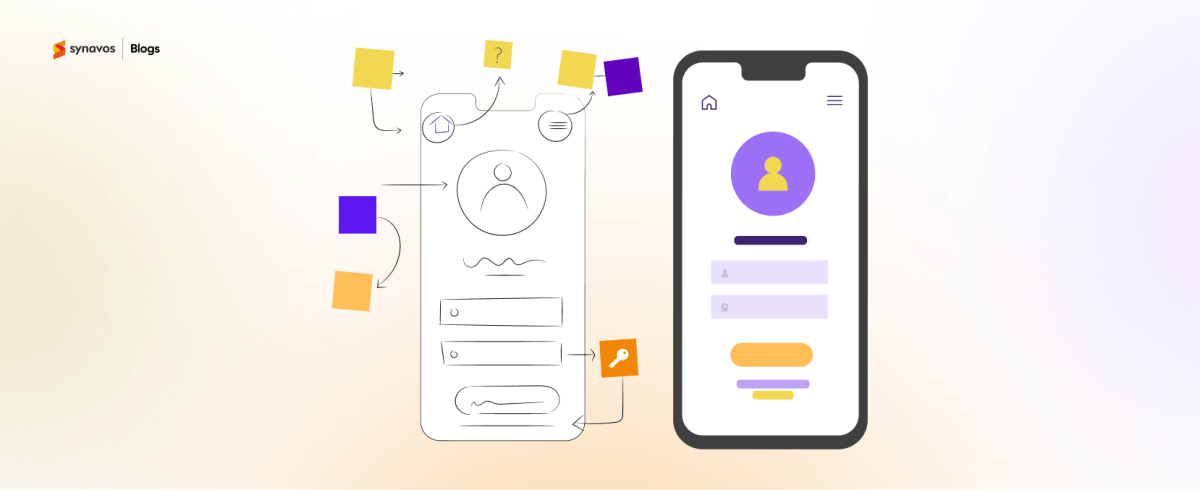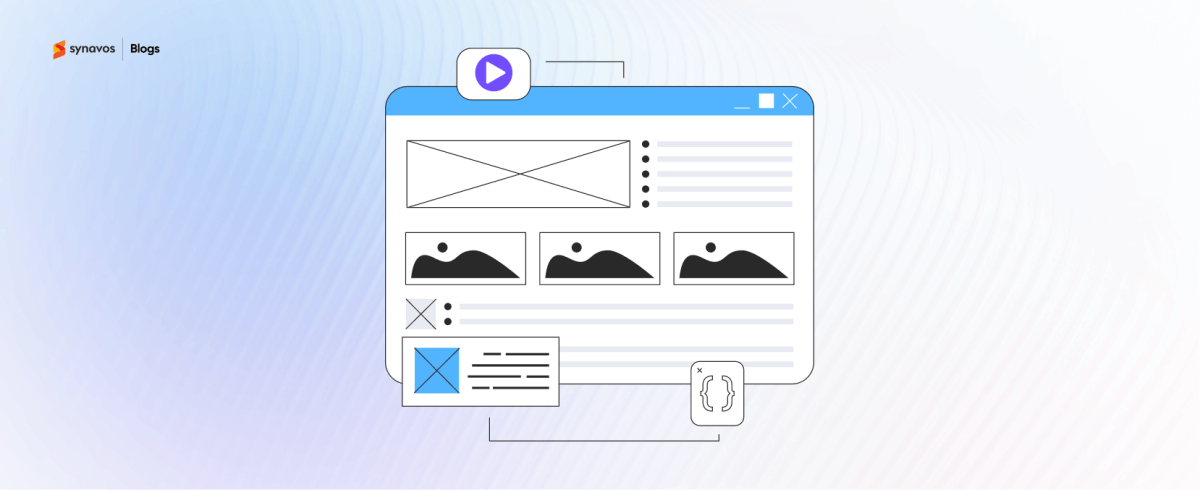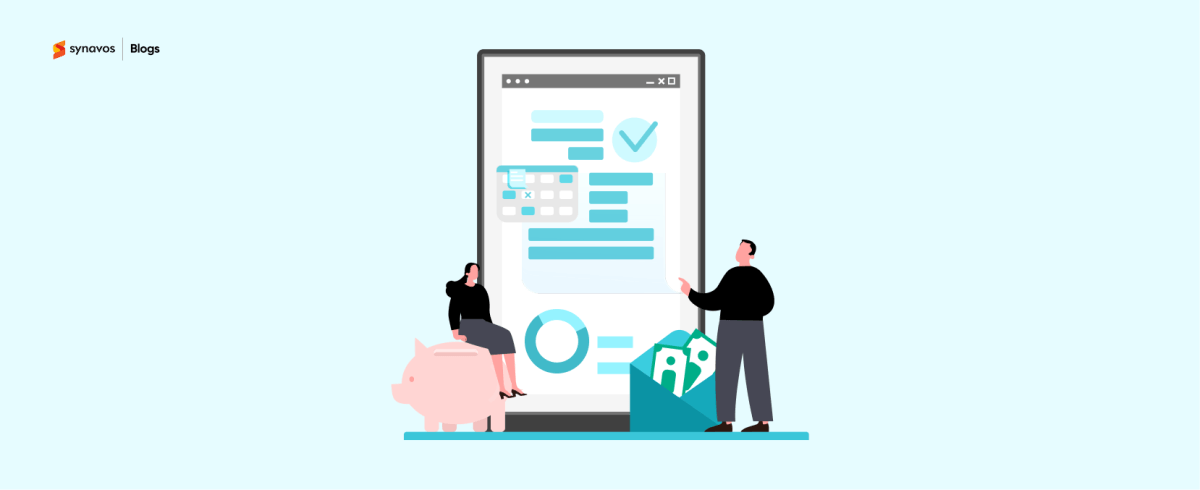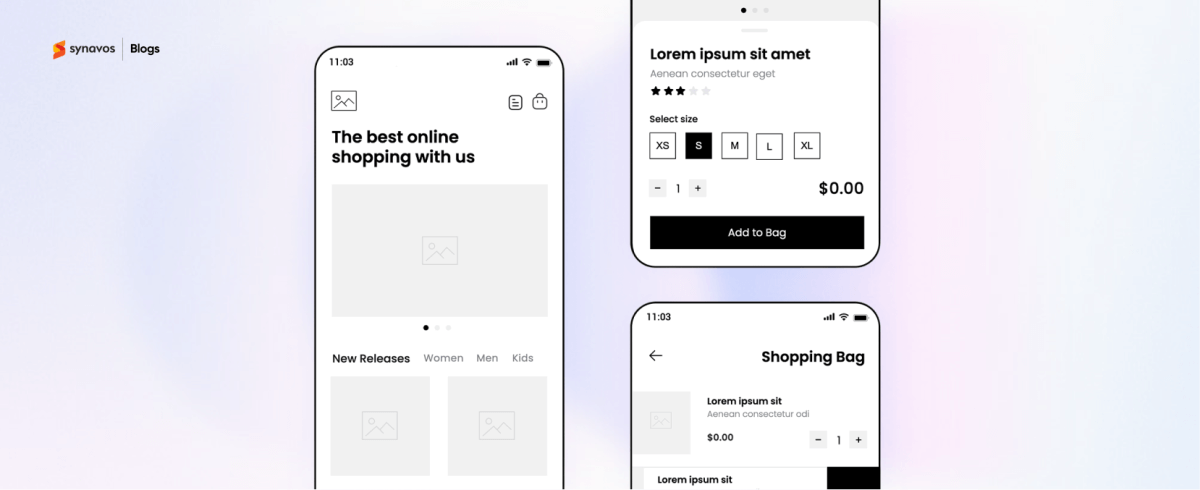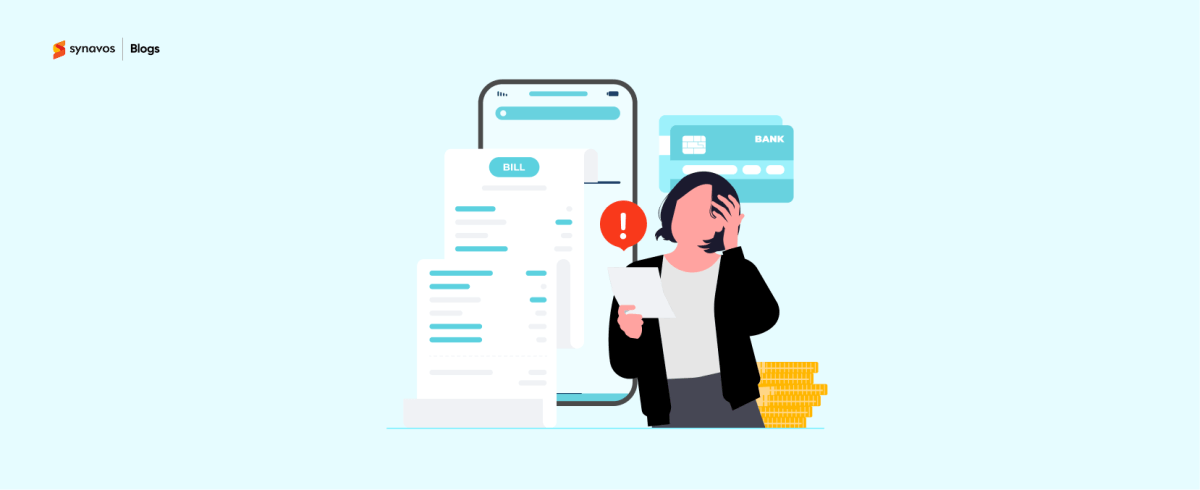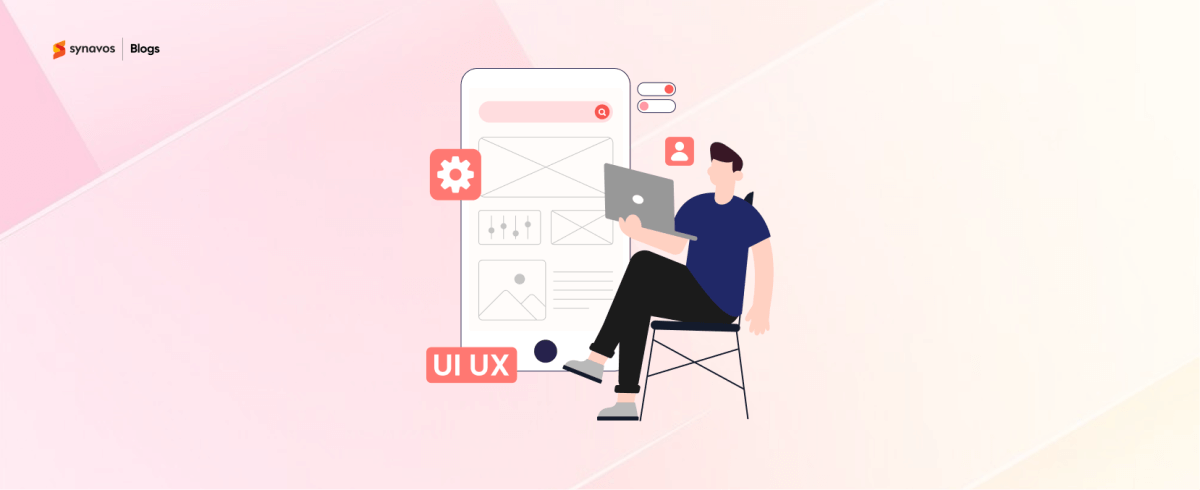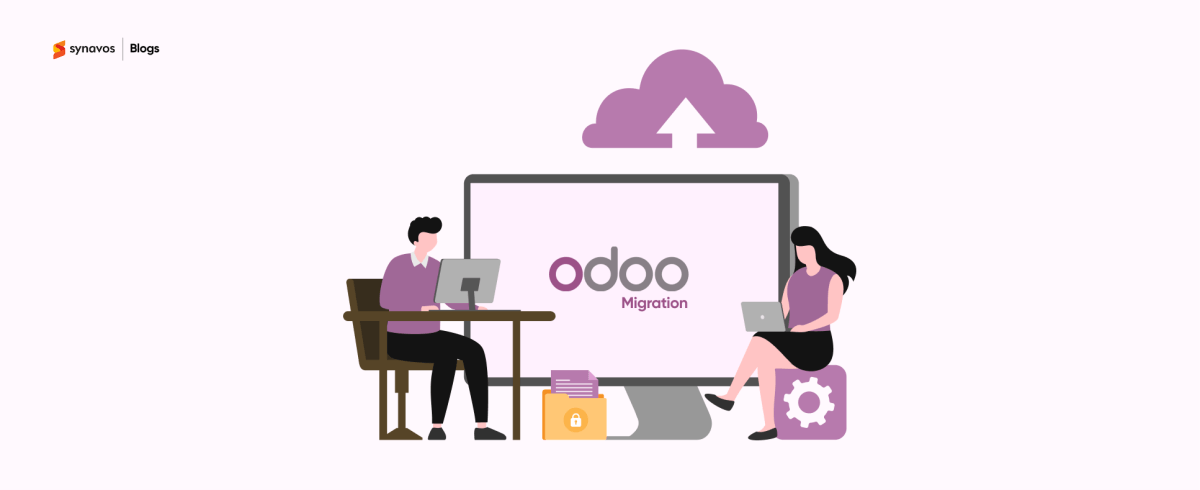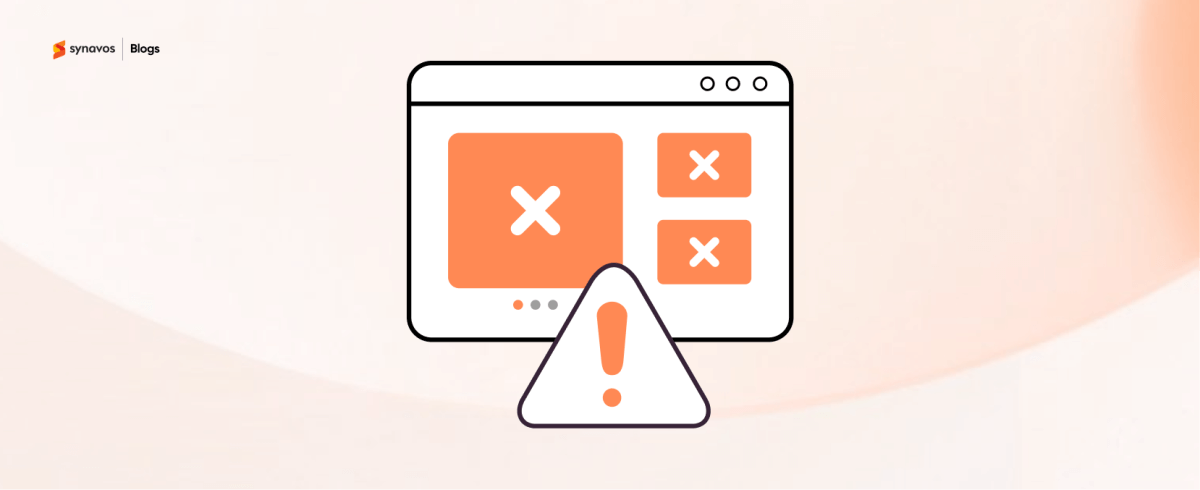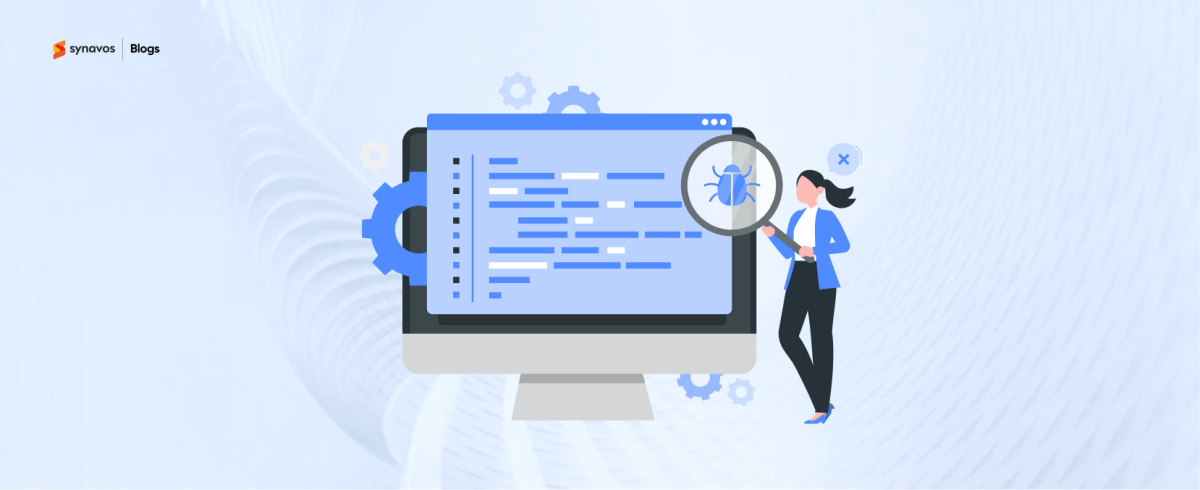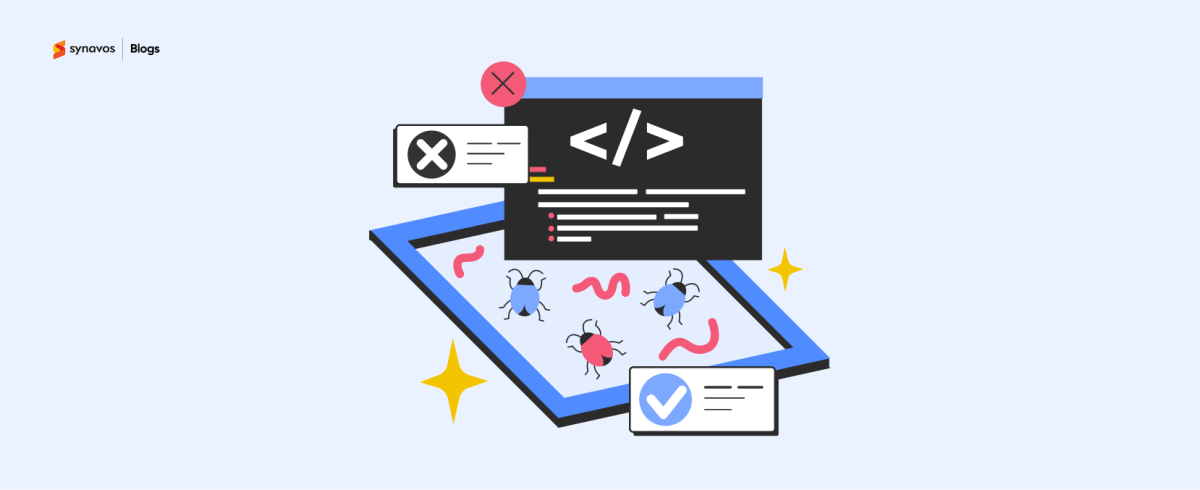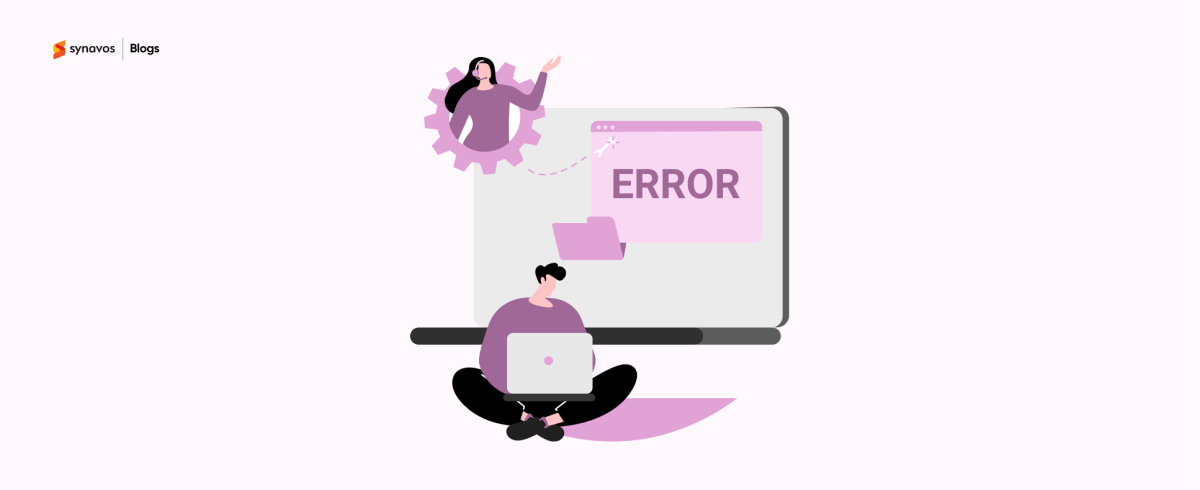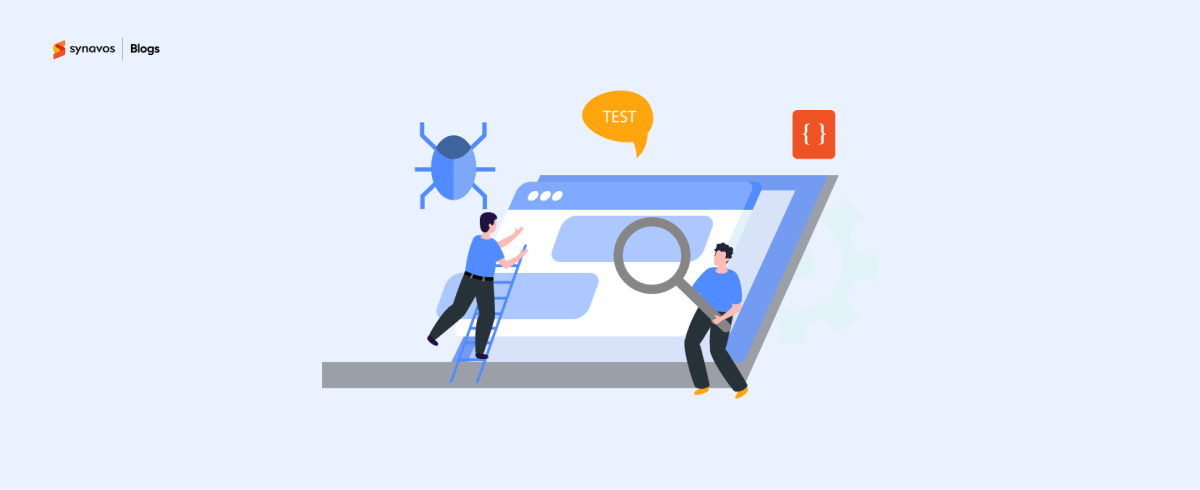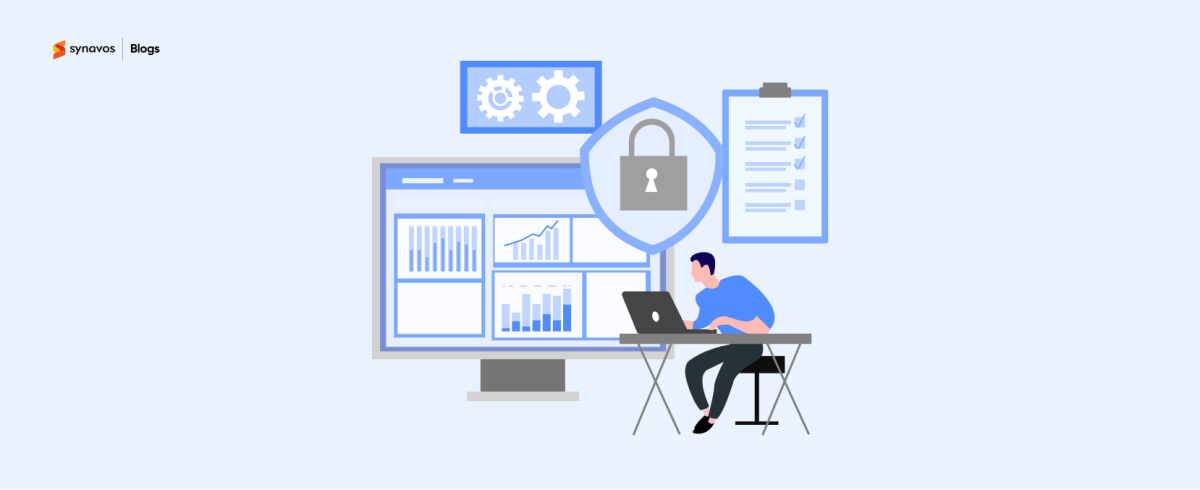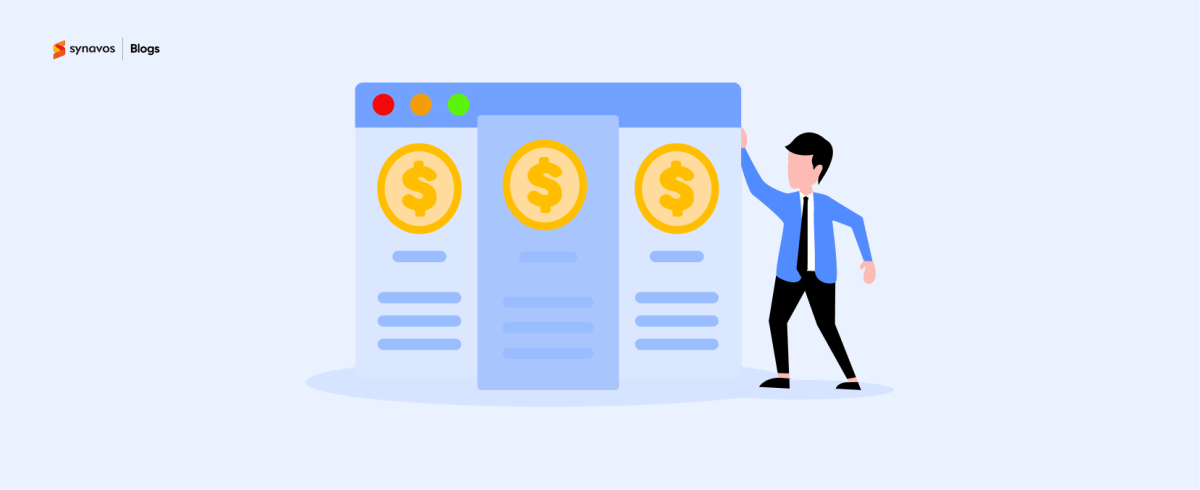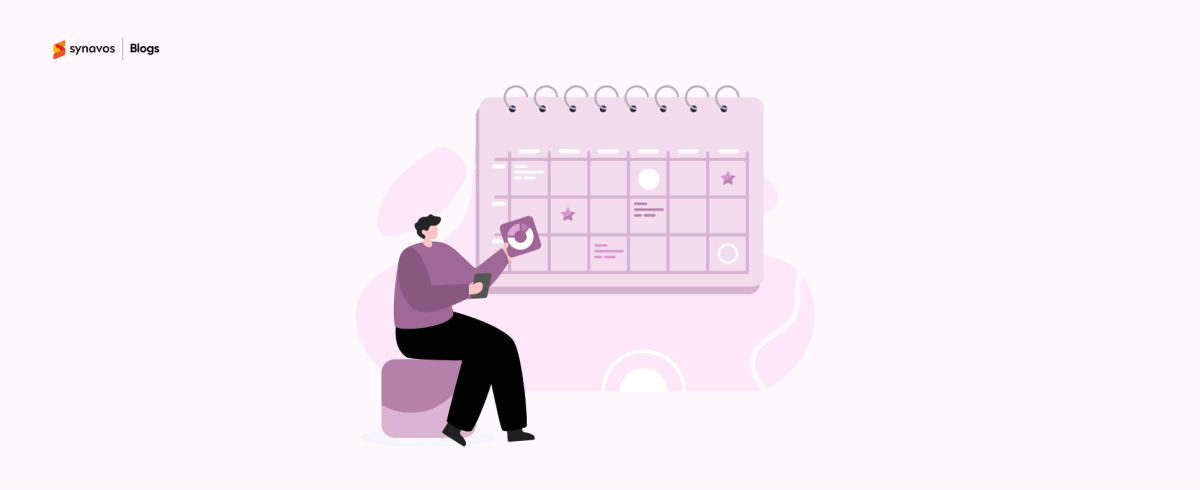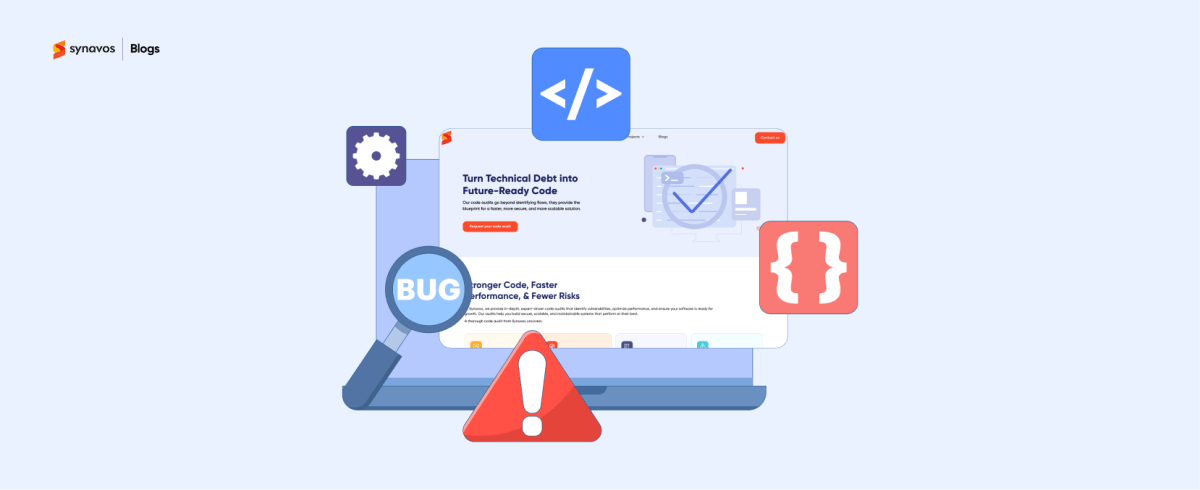SAP Business One is a robust ERP solution designed to streamline business operations, improve visibility, and support growth. But before implementation, it’s important for your business to know how much SAP Business One costs. Pricing for SAP B1 implementation isn’t always straightforward. In fact, it can vary significantly depending on factors like licensing type, number of users, hosting environment, and the overall complexity of your implementation.
In this guide, we break down everything you need to know about SAP Business One pricing in 2025, including licensing, cloud vs. on-premise costs, implementation, support, and hidden expenses, so you can budget confidently and make the right decision for your business.
A Complete Breakdown of SAP B1 Implementation Cost
When evaluating SAP Business One, one of the most important considerations is the licensing model. SAP offers two primary options: perpetual licensing (on-premise) and subscription licensing (cloud-based). Your final cost depends on a few practical factors: how you choose to deploy the system (cloud or on-premise), how many people on your team will use it, and which features you actually need to support day-to-day operations.
Here's a SAP B1 pricing breakdown to help you choose what best fits your business needs and budget.
1. Licensing Costs
Cloud-Based Licensing
In the cloud model, SAP Business One is offered as a subscription. Pricing usually ranges from $110 to $219 per user per month. This monthly fee includes access to the software, hosting, and support. You don’t need to pay a large upfront amount, which helps manage cash flow more easily. This SAP Business One pricing model works well for businesses that want predictable, ongoing costs.
On-Premise Licensing
With on-premise licensing, you pay a one-time fee ranging from $1,350 to $3,500 per user. In addition, there’s an annual maintenance fee, about 18%-20% of the license cost. This SAP Business One pricing model gives you complete ownership of the software but requires a higher initial investment. It’s best suited for businesses with available capital and long-term ERP plans.
2. Hardware and Infrastructure Costs
Cloud-Based Infrastructure
Cloud deployment eliminates the need for buying or maintaining servers and storage. All infrastructure, including backups, security, and hosting, is managed by your vendor. These costs are bundled into the monthly subscription. This makes cloud ERP easier to manage for companies without a dedicated IT setup.
On-Premise Infrastructure
For on-premise setups, infrastructure is your company’s responsibility. You’ll need to invest in servers, storage, backups, firewalls, and database licenses. These expenses can range from $5,000 to $20,000 or more, depending on your scale.
3. Implementation Services
Whether you choose cloud or on-premise deployment, both models require comprehensive implementation services. However, a complete cost breakdown of SAB One implementation services is as follows:
- Consulting Fees: Expect $15,000–$50,000+, depending on project scope and whether it’s phased or full rollout.
- Customization: Typically $5,000–$50,000+, based on your industry needs and workflow complexity.
- Data Migration: Usually $2,500–$10,000, depending on data volume, quality, and mapping effort.
- Project Management: Adds around $5,000–$15,000, based on project duration and business size.
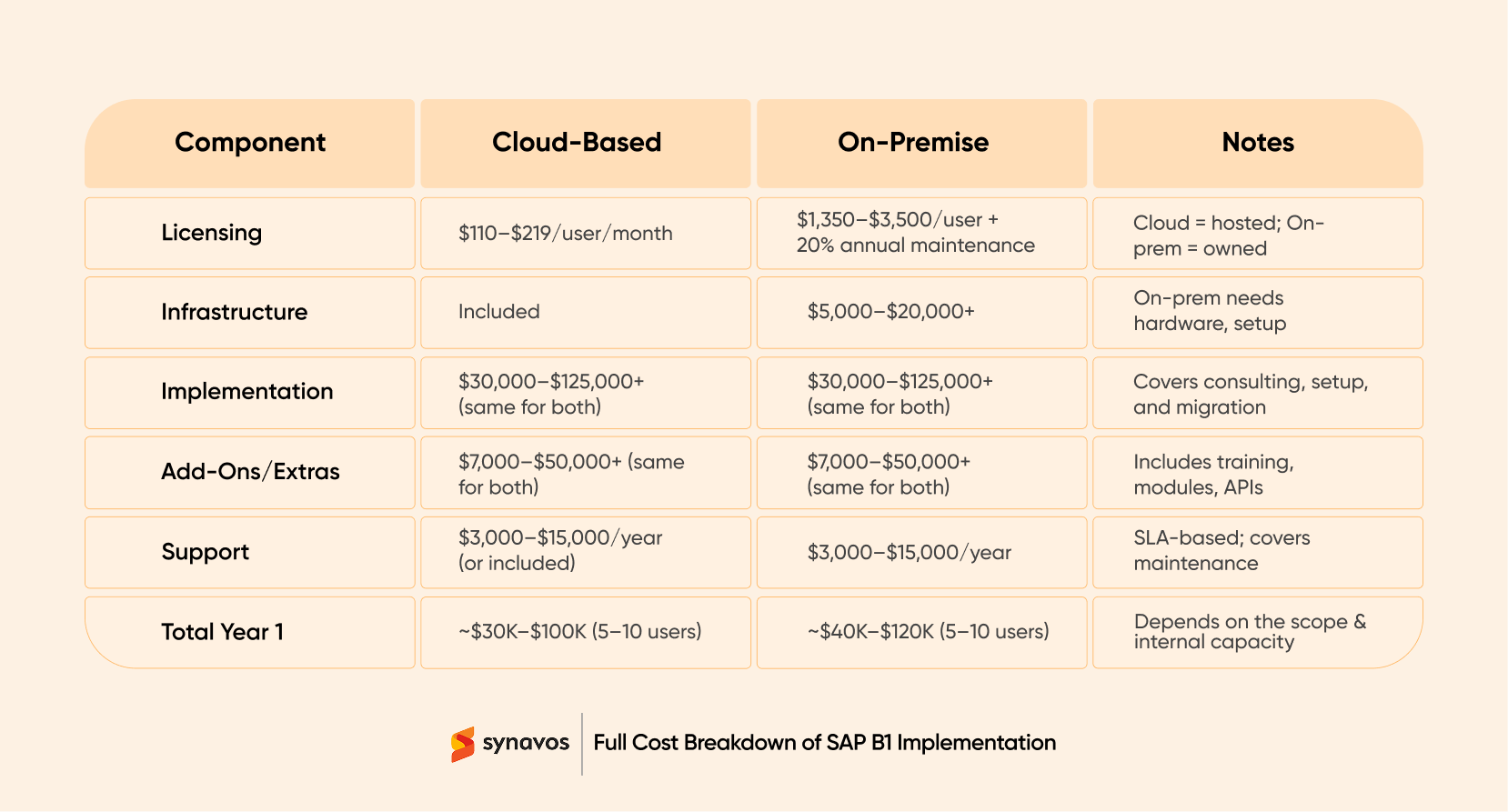
Hidden SAP Business One Costs
While upfront SAP Business One pricing covers licenses, implementation, and basic setup, many businesses encounter hidden costs that can significantly impact the total cost of ownership. Understanding these additional expenses is essential for accurate budgeting and the long-term success of your ERP project:
-
Training and Change Management
SAP training programs typically range from $1,000 to $5,000, but this cost can rise sharply when advanced or department-specific training is required. Additionally, change management workshops, which help employees adapt to new workflows, can add to the total cost. Nevertheless, many SAP B1 implementation partners offer these training sessions as a part of their implementation services.
-
Integration Costs
If you plan to connect SAP B1 with tools like your CRM, HR system, or eCommerce platform, expect to spend $3,000 to $15,000 per integration. Furthermore, the pricing depends on how complex your SAP B1 setup is and whether APIs are readily available.
-
Add-On Modules & Third-Party Vendor Solutions
As your business grows, you need additional functionality, including warehouse management, logistics tracking, or industry-specific compliance. Most of these SAP B1 add-ons will cost you anywhere from $1,000 to $10,000 each, depending on what you need. Third-party tools may also carry recurring annual fees ranging from $2,000 to $20,000+.
-
Ongoing Support and SLA Contracts
After your SAP B1 system goes live, you’ll likely need ongoing help. Most businesses spend $3,000 to $15,000 per year on support packages, which typically include system maintenance, updates, troubleshooting, and guaranteed response times through a Service Level Agreement (SLA).
How to Optimize Your SAP B1 Implementation Cost
Implementing SAP Business One is a strategic investment, but without careful planning, costs can quickly escalate. Here’s how you can effectively optimize your SAP B1 implementation cost:
1. Select the Right Licensing Model
SAP Business One offers both perpetual (one-time payment) and subscription (monthly payment) licenses. Choosing the model that matches your cash flow, scalability, and IT infrastructure needs can prevent overspending and ensure predictable budgeting.
2. Prioritize a Phased Rollout
Instead of deploying all SAP B1 modules at once, start with core areas like finance or inventory and expand gradually. This helps manage consultant hours, minimizes disruption, and gives your team time to adapt without costly mistakes.
3. Work with a Legit SAP B1 Implementation Partner
Your implementation partner directly affects costs and project outcomes. Choose a SAP Business One implementation consultant with proven industry-specific experience, transparent pricing, and a strong track record of delivering on time and within budget. Avoid open-ended hourly billing when possible.
4. Minimize Customizations
SAP B1 includes a wide range of built-in features that meet most business needs. Avoid excessive custom development, which increases both upfront and long-term maintenance costs. Use standard configurations wherever feasible.
5. Invest in Early User Training
A well-trained team reduces reliance on external support, accelerates system adoption, and avoids costly errors post-launch. Training superusers internally can also provide in-house support and reduce ongoing training expenses.
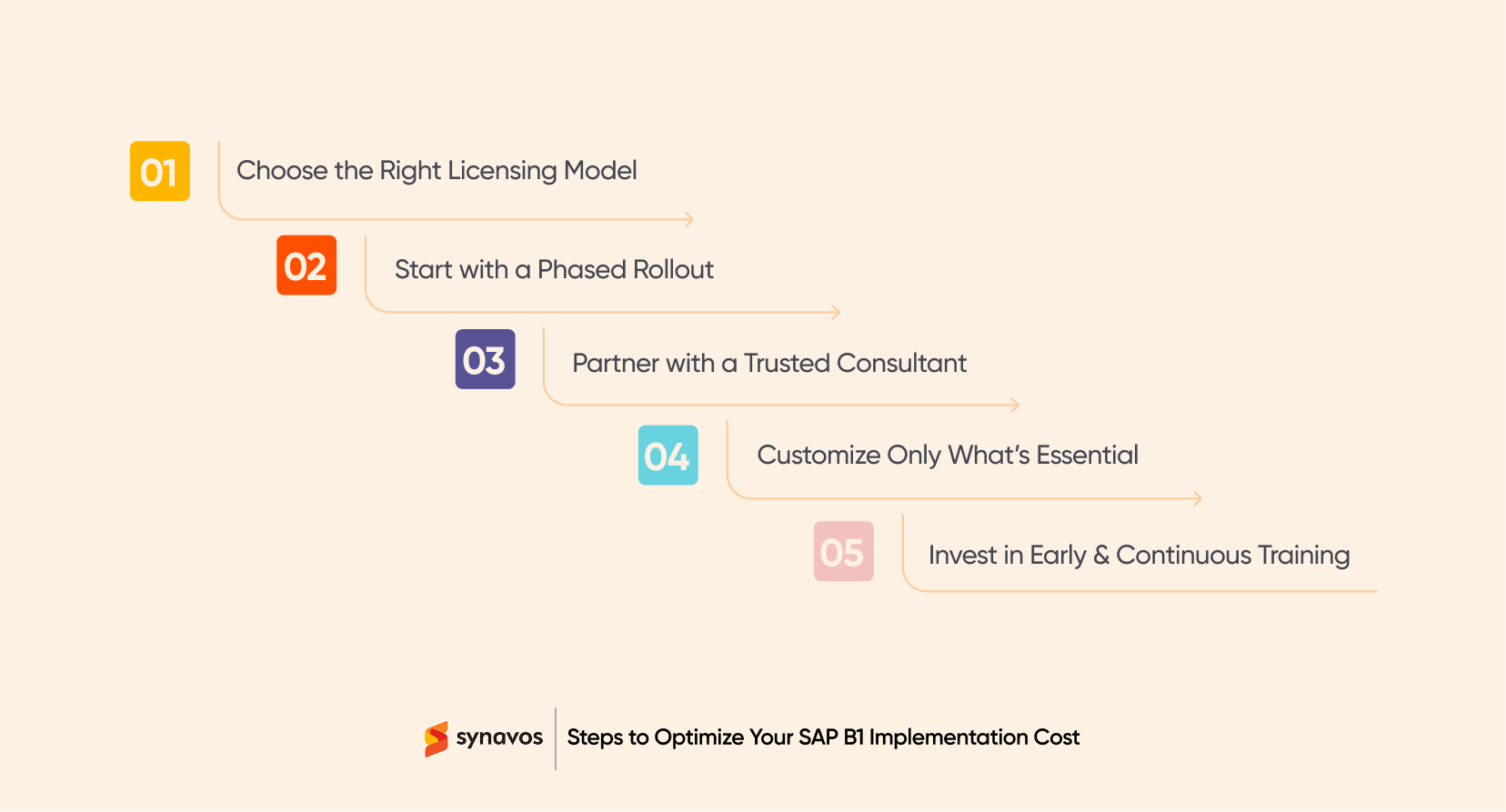
Final Thoughts
SAP Business One is a smart ERP choice for growing businesses. But it’s not just about buying the software. The real investment includes implementation, training, customization, and ongoing support. However, costs vary depending on your size, goals, and how you roll it out. That’s why planning matters. By choosing the right license, avoiding over-customization, and training your team early, you can avoid surprises and stay on track.
Manage SAP B1 Costs Right with Synavos
With extensive experience in SAP Business One rollouts across Pakistan and the Middle East, Synavos offers more than implementation. Our team of experts breaks down costs upfront, recommends the most efficient licensing model, and avoids unnecessary customizations that inflate expenses. We further ensure your SAP B1 solution is scalable, localized, and cost-efficient, so your business grows without financial surprises.
Ready to implement SAP Business One? Get in touch with Synavos and avoid unnecessary costs.
